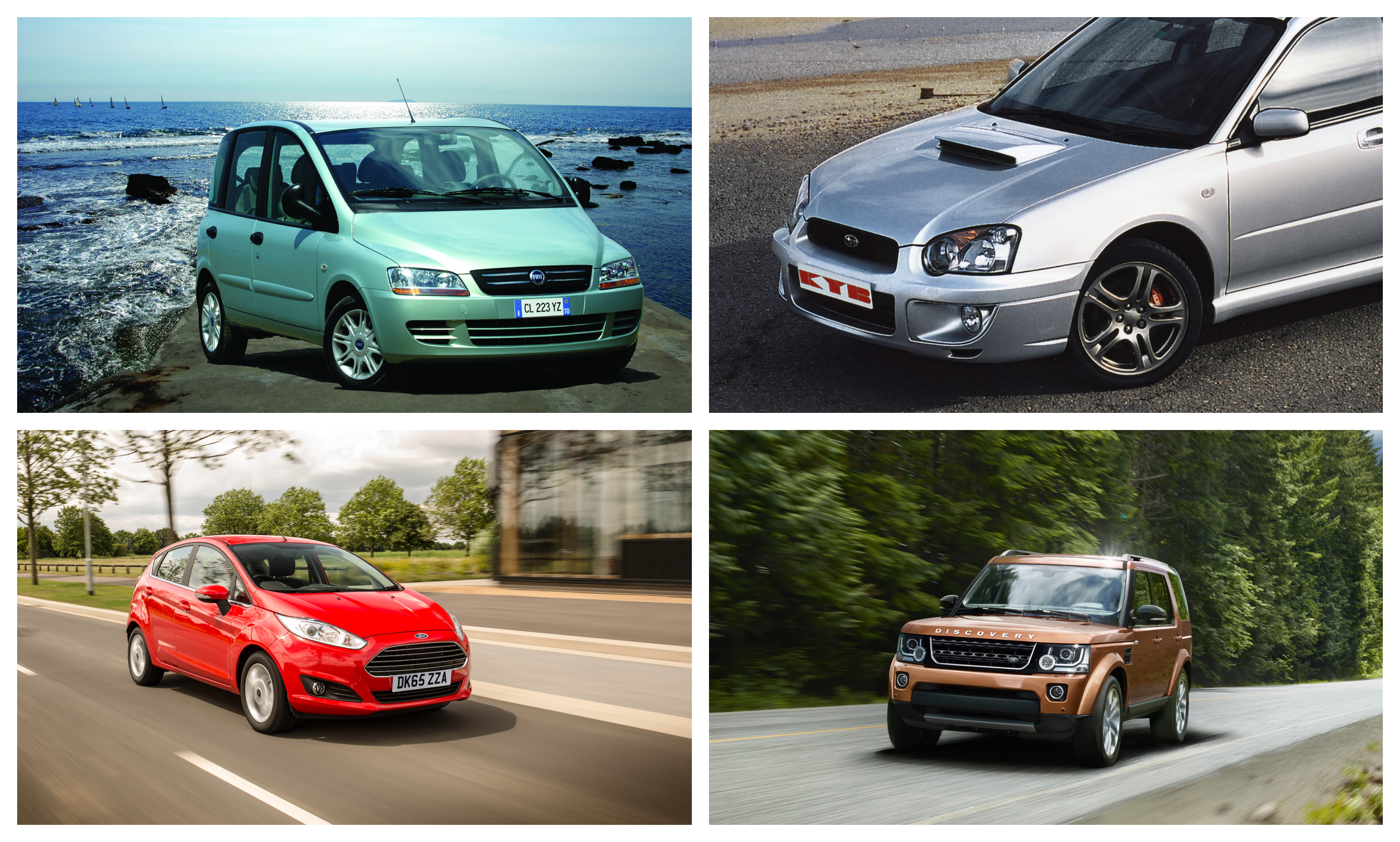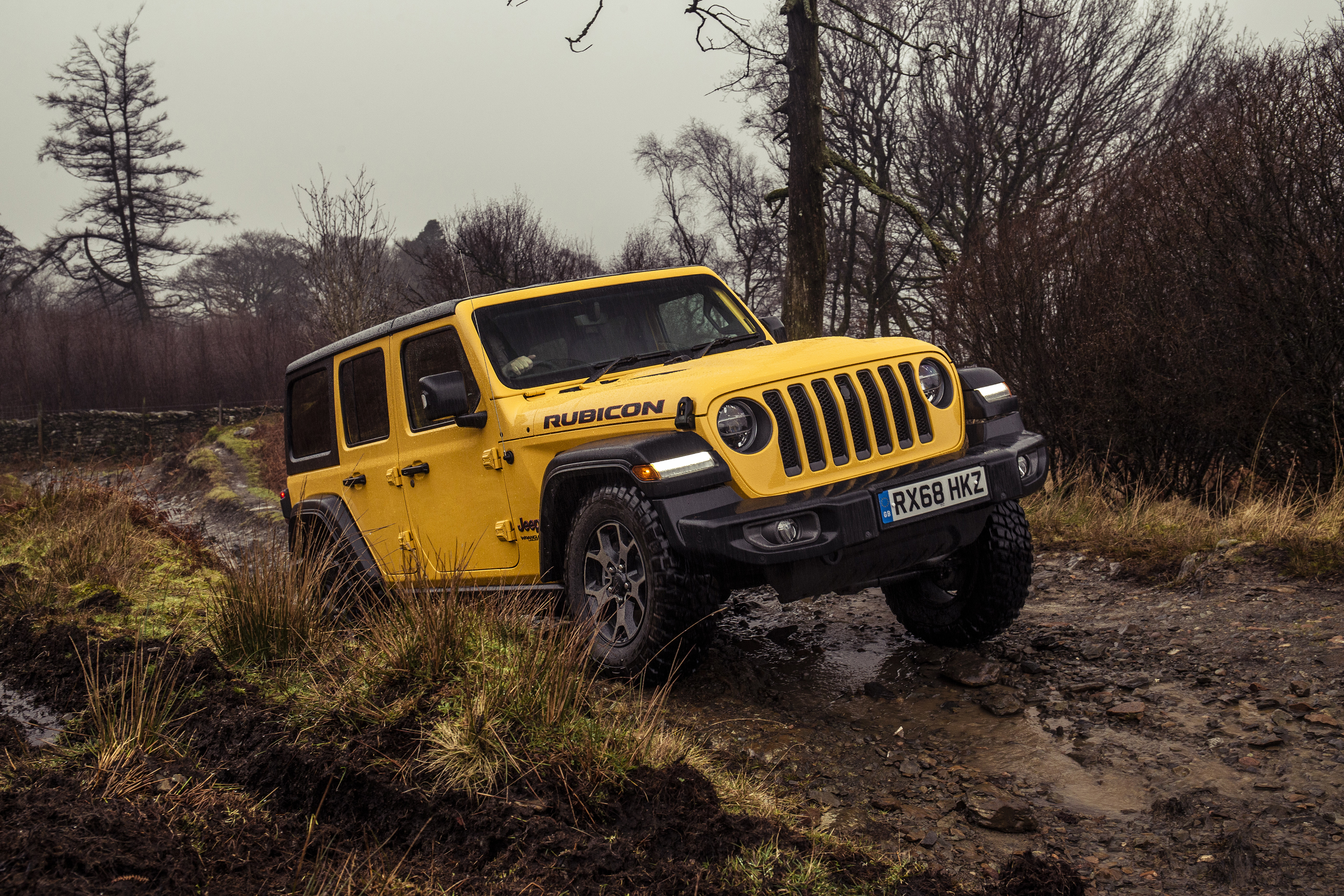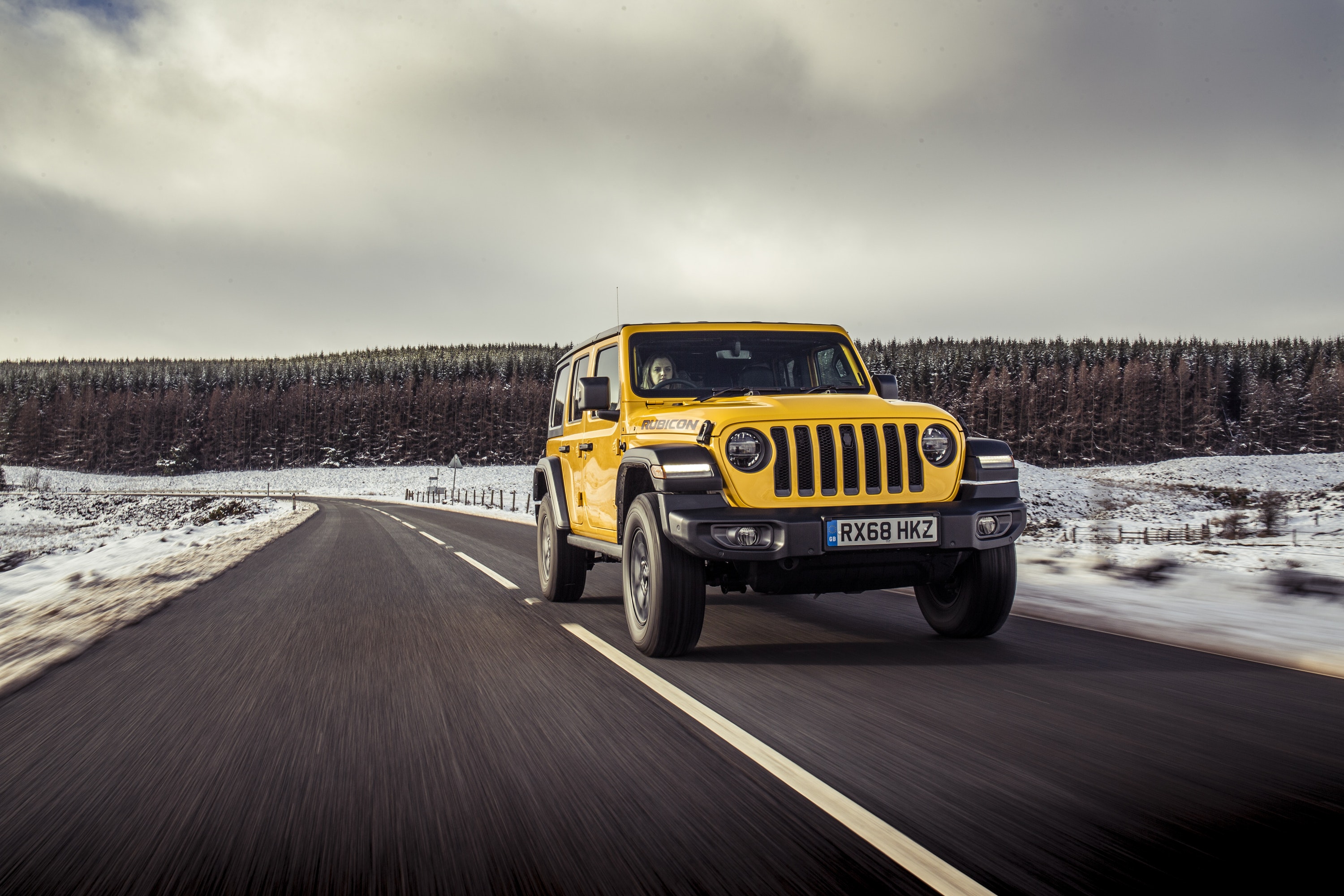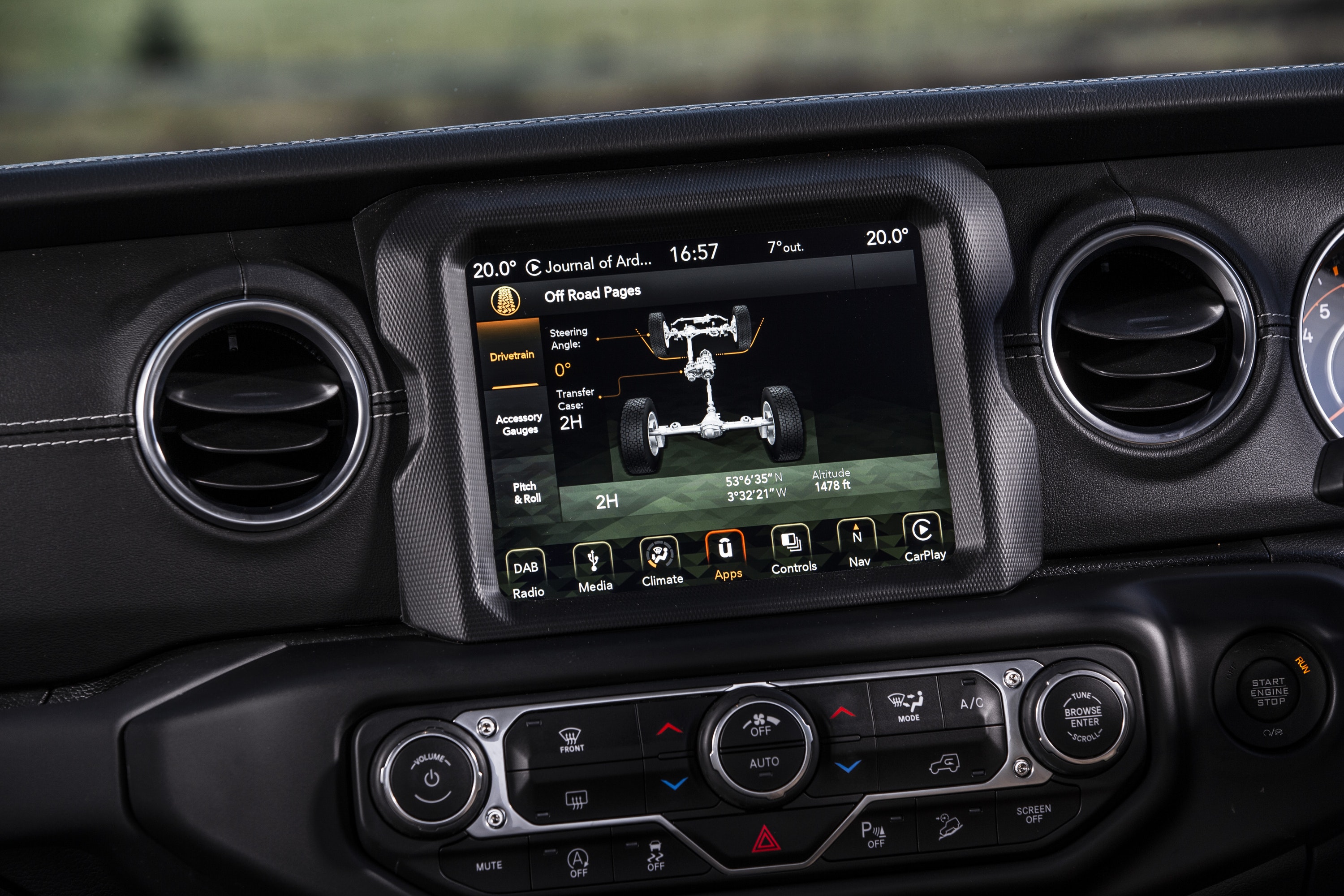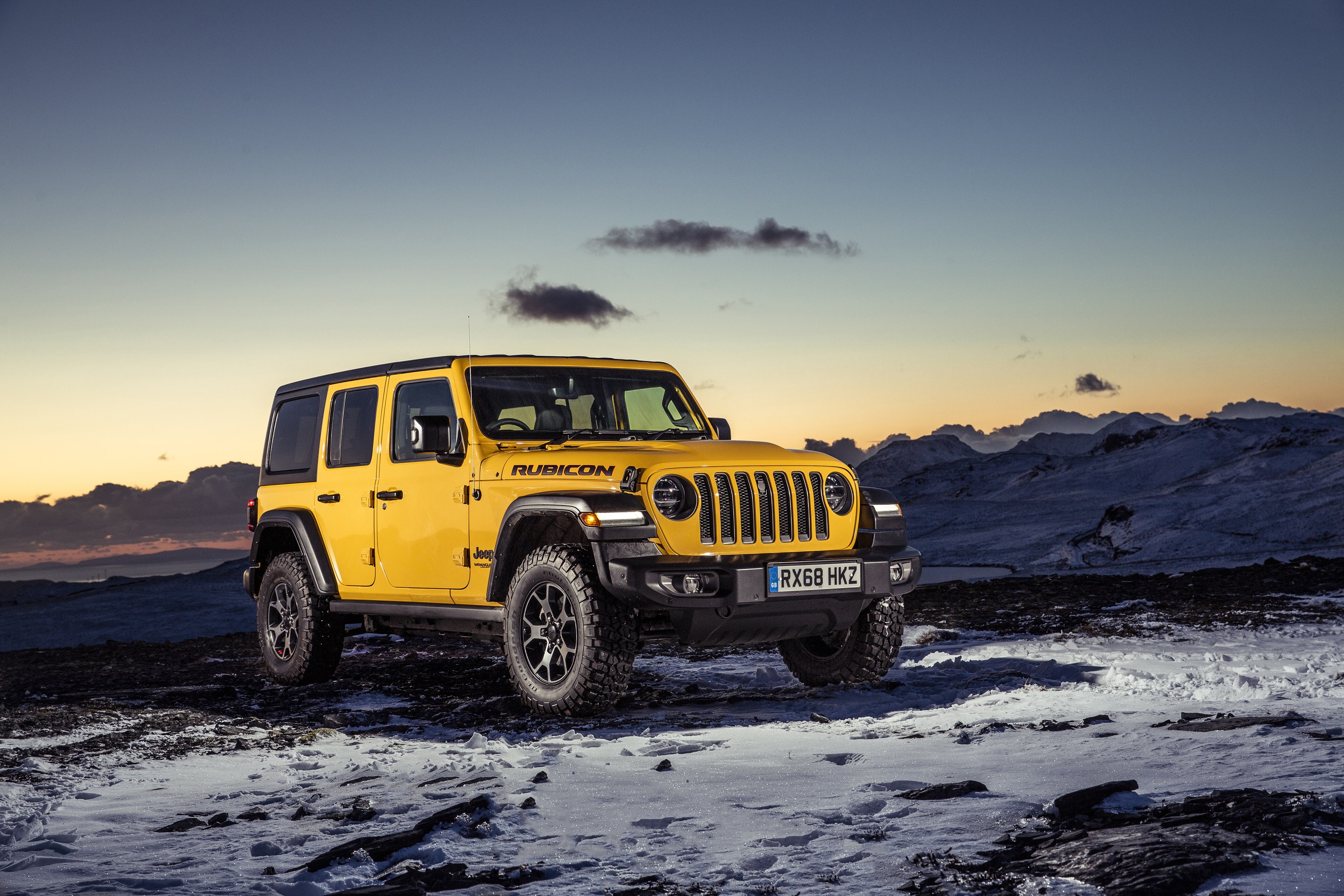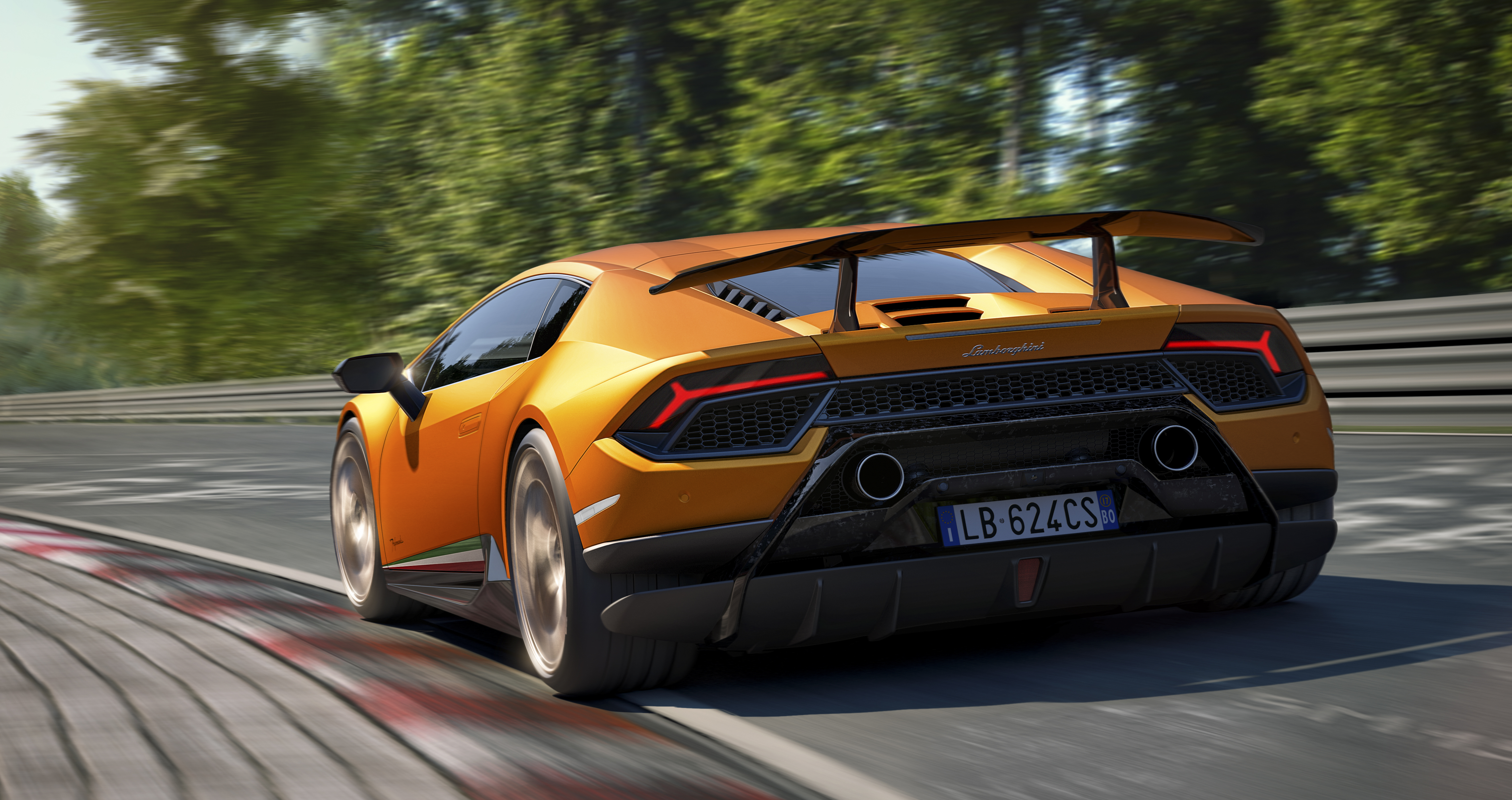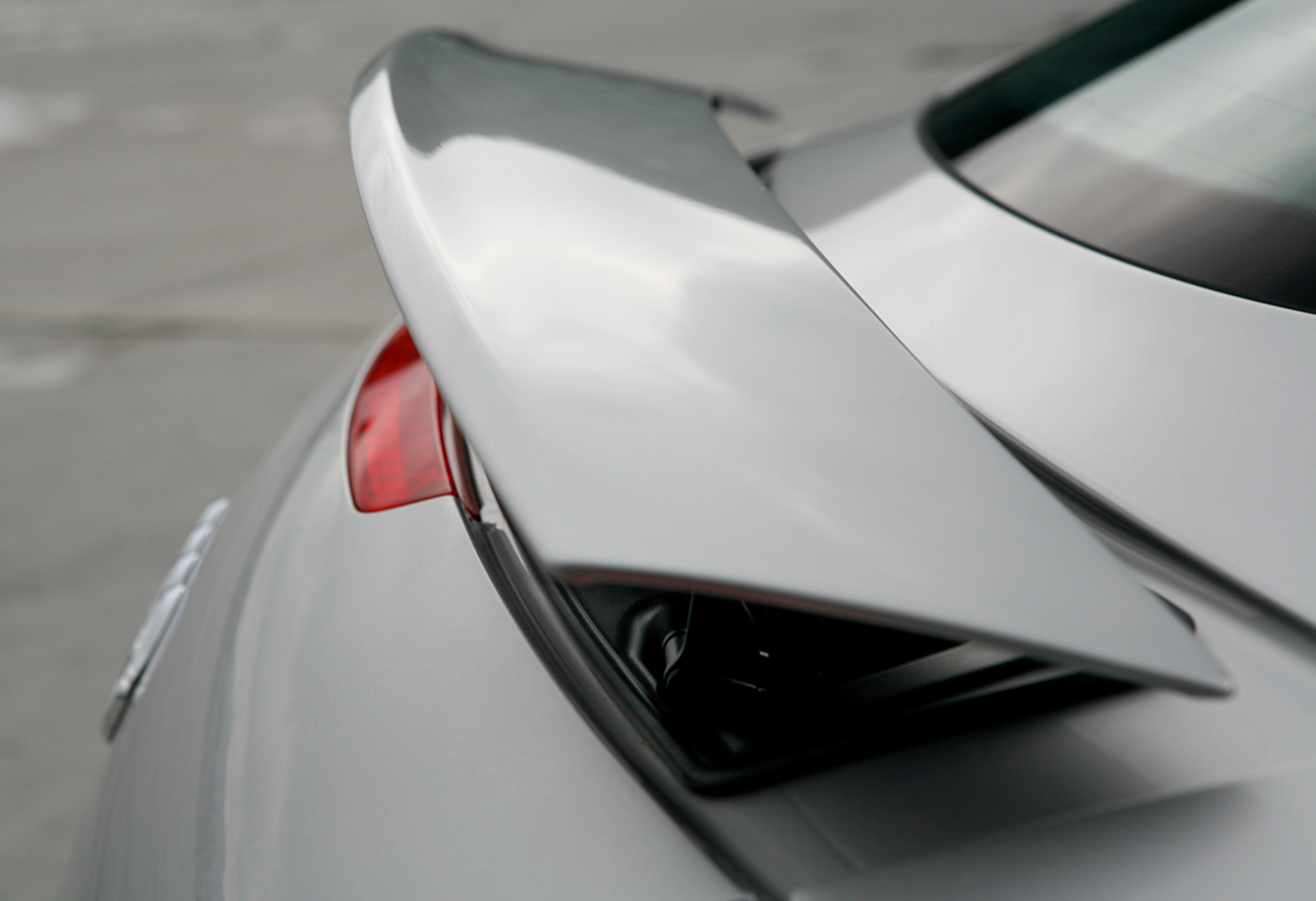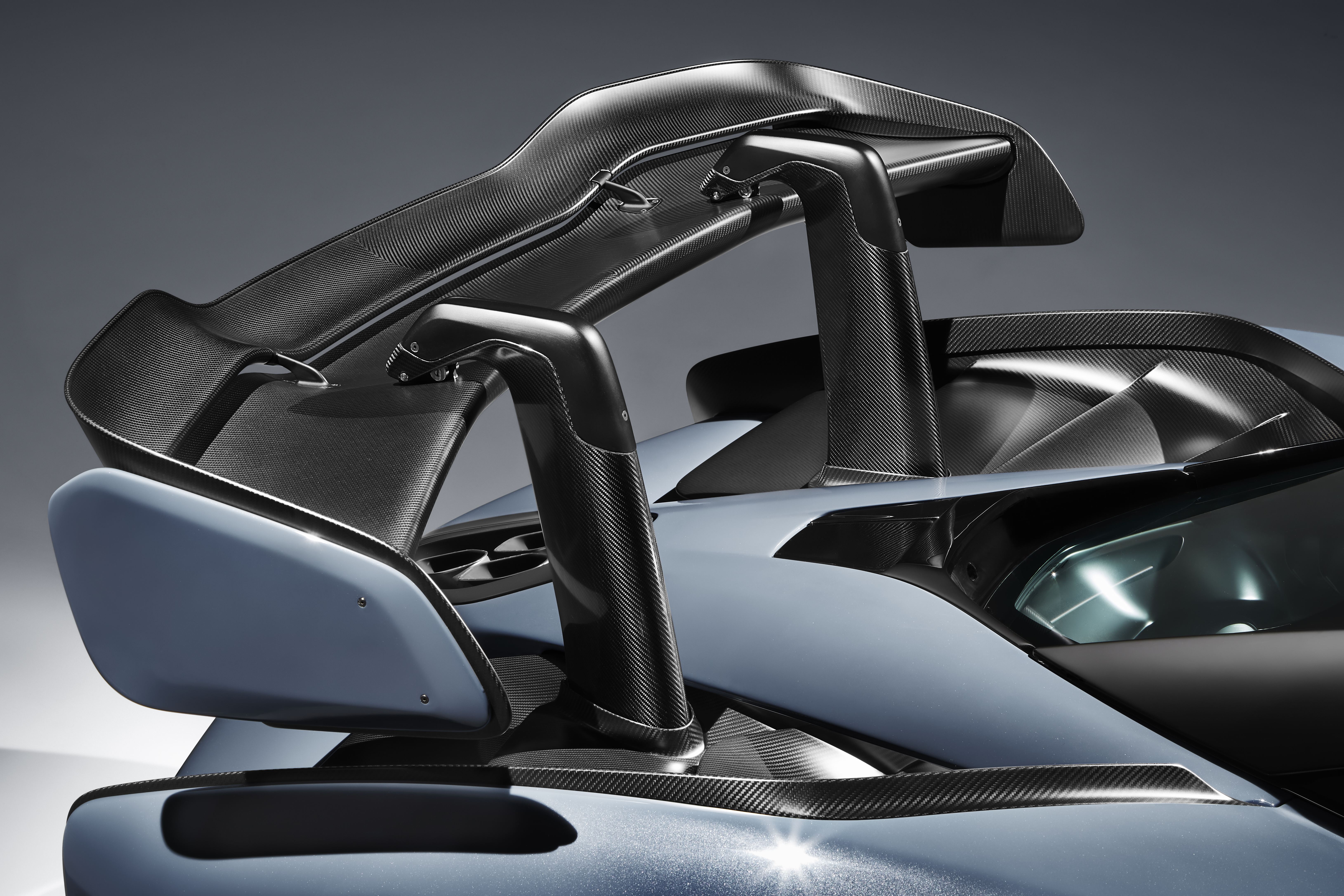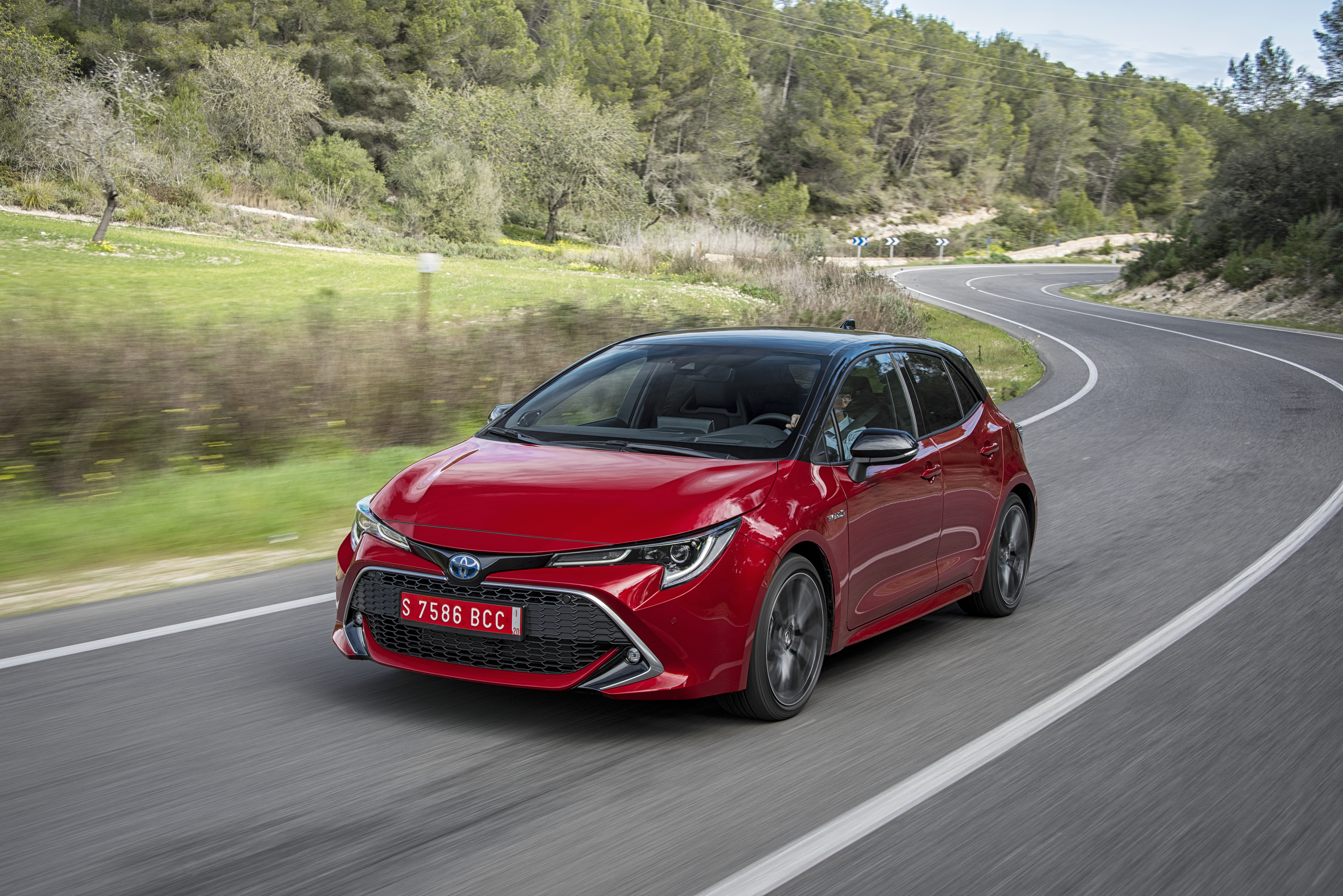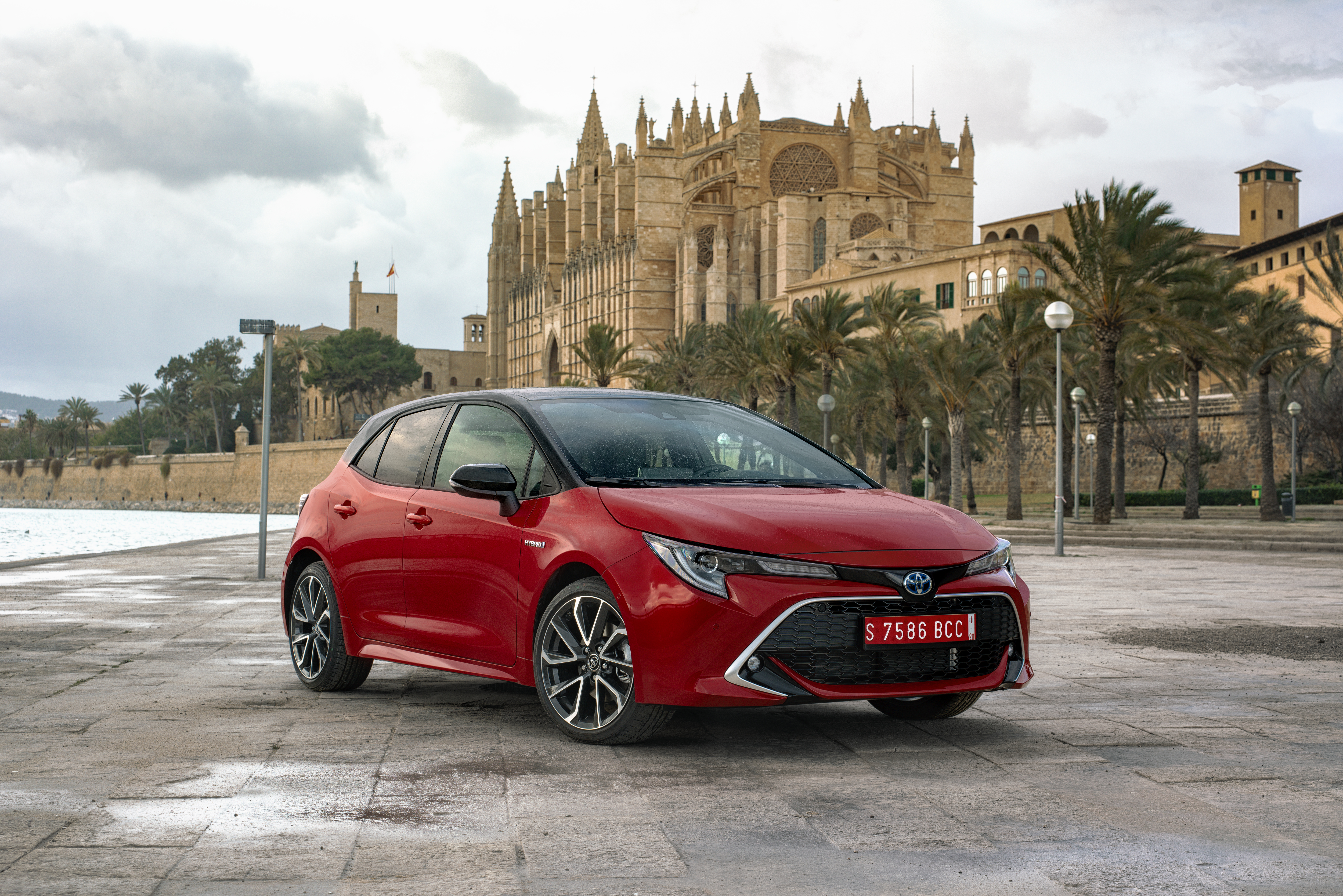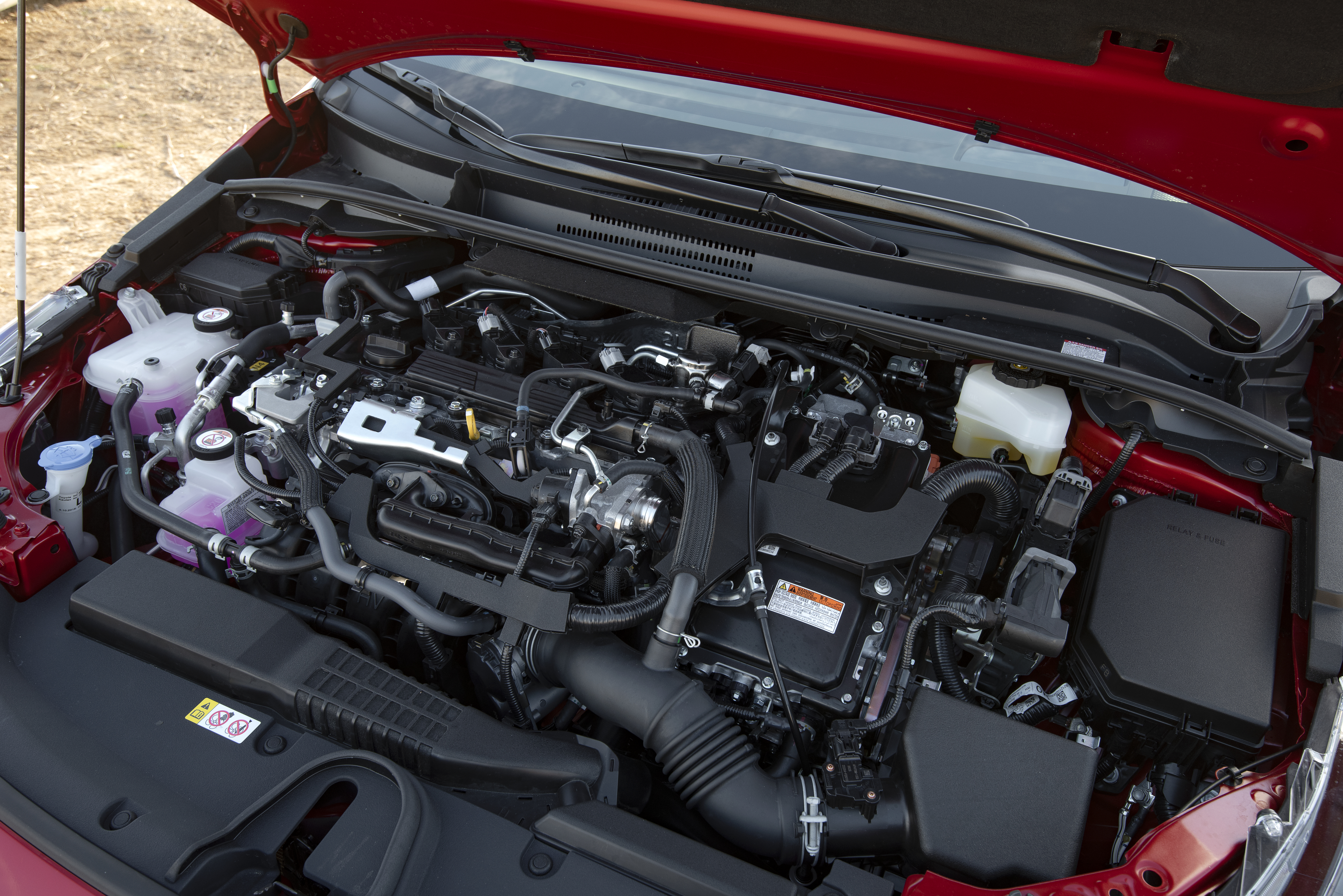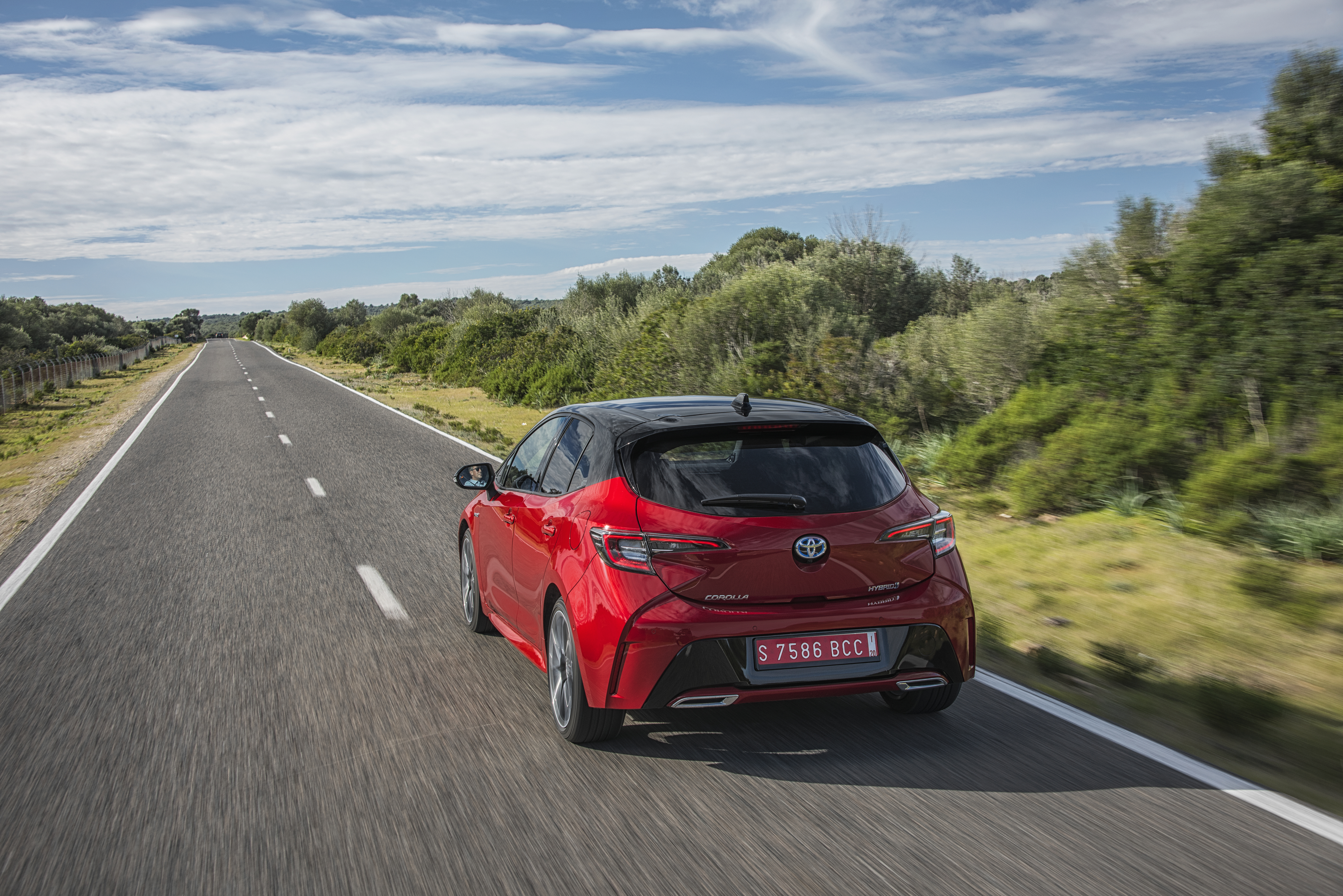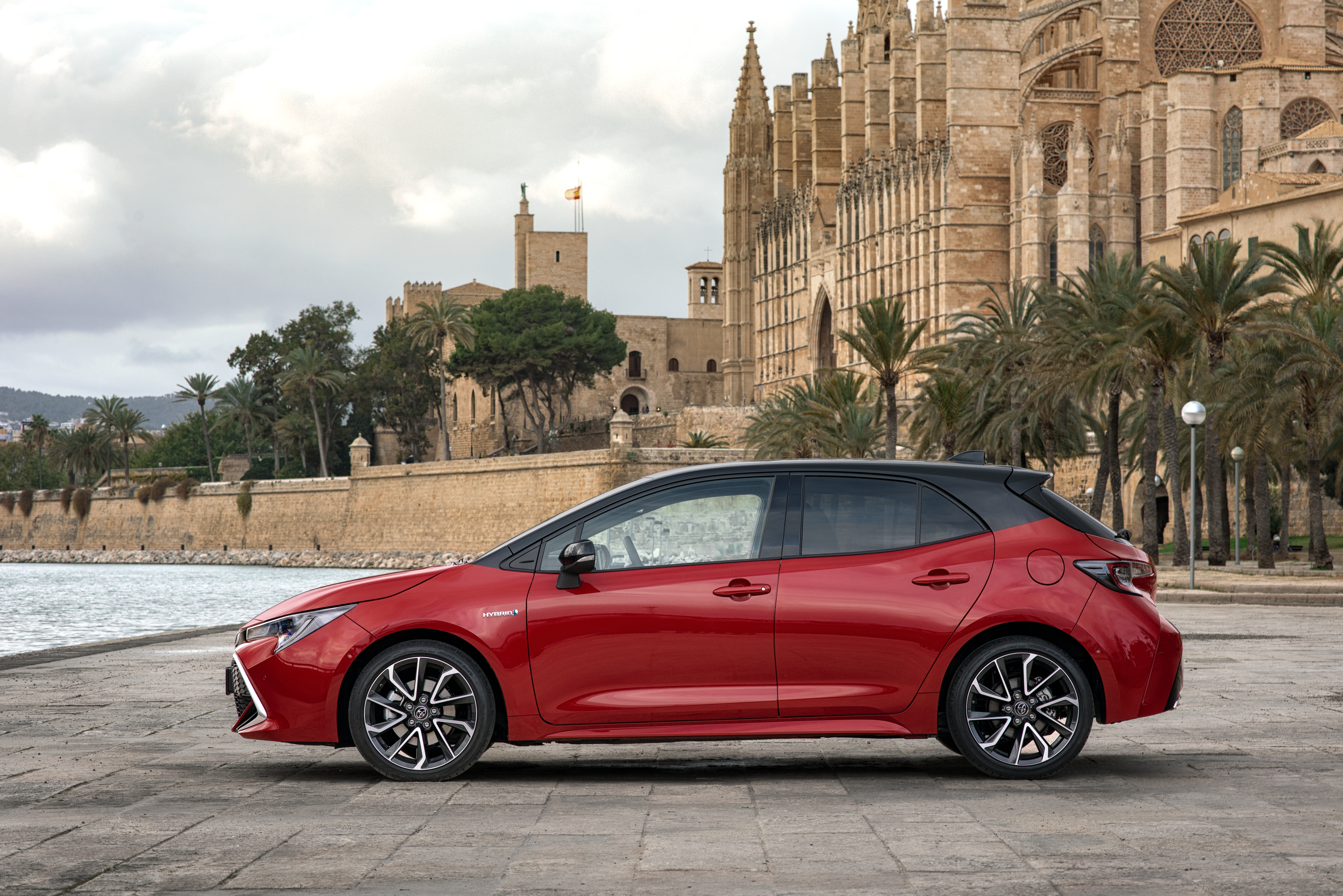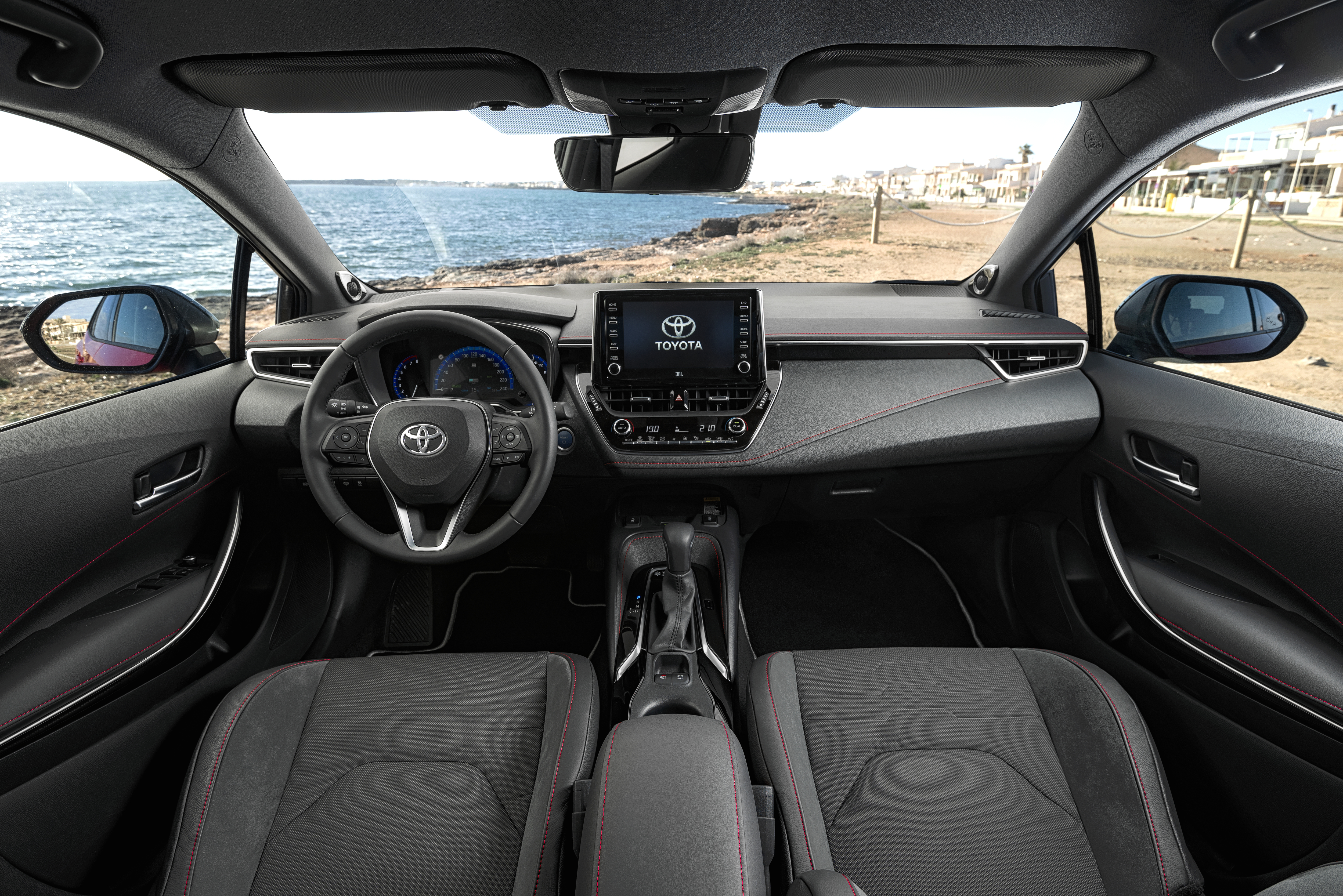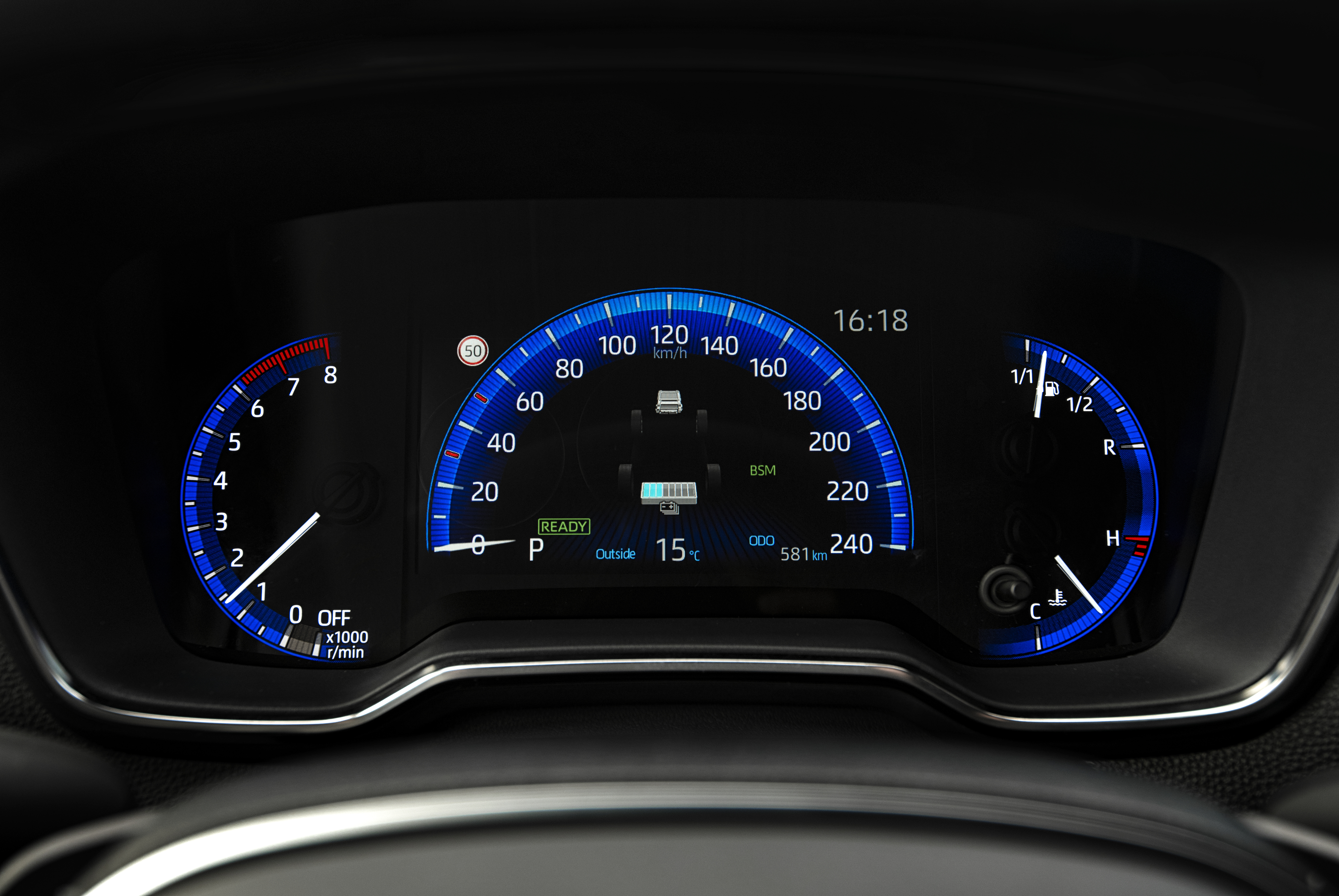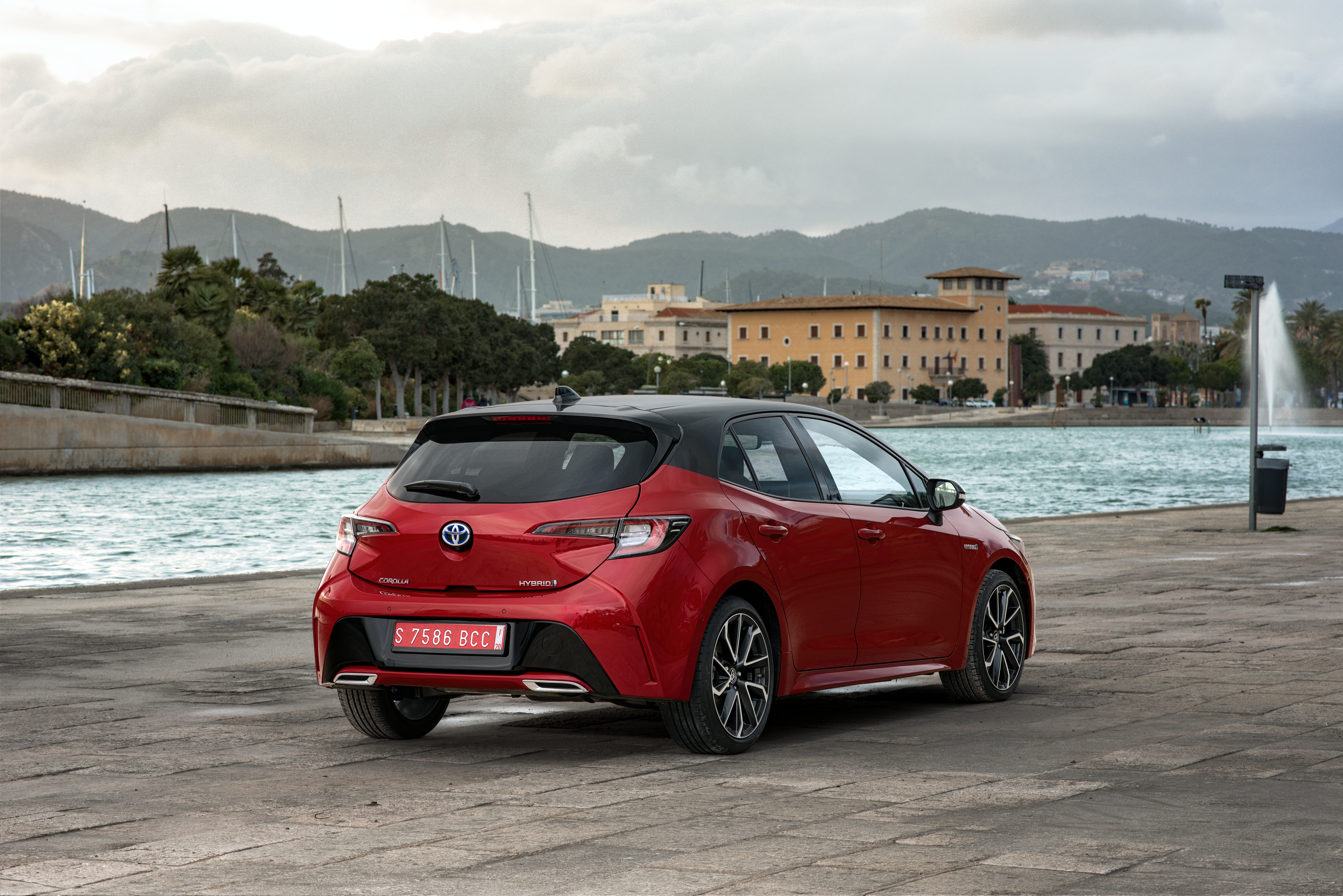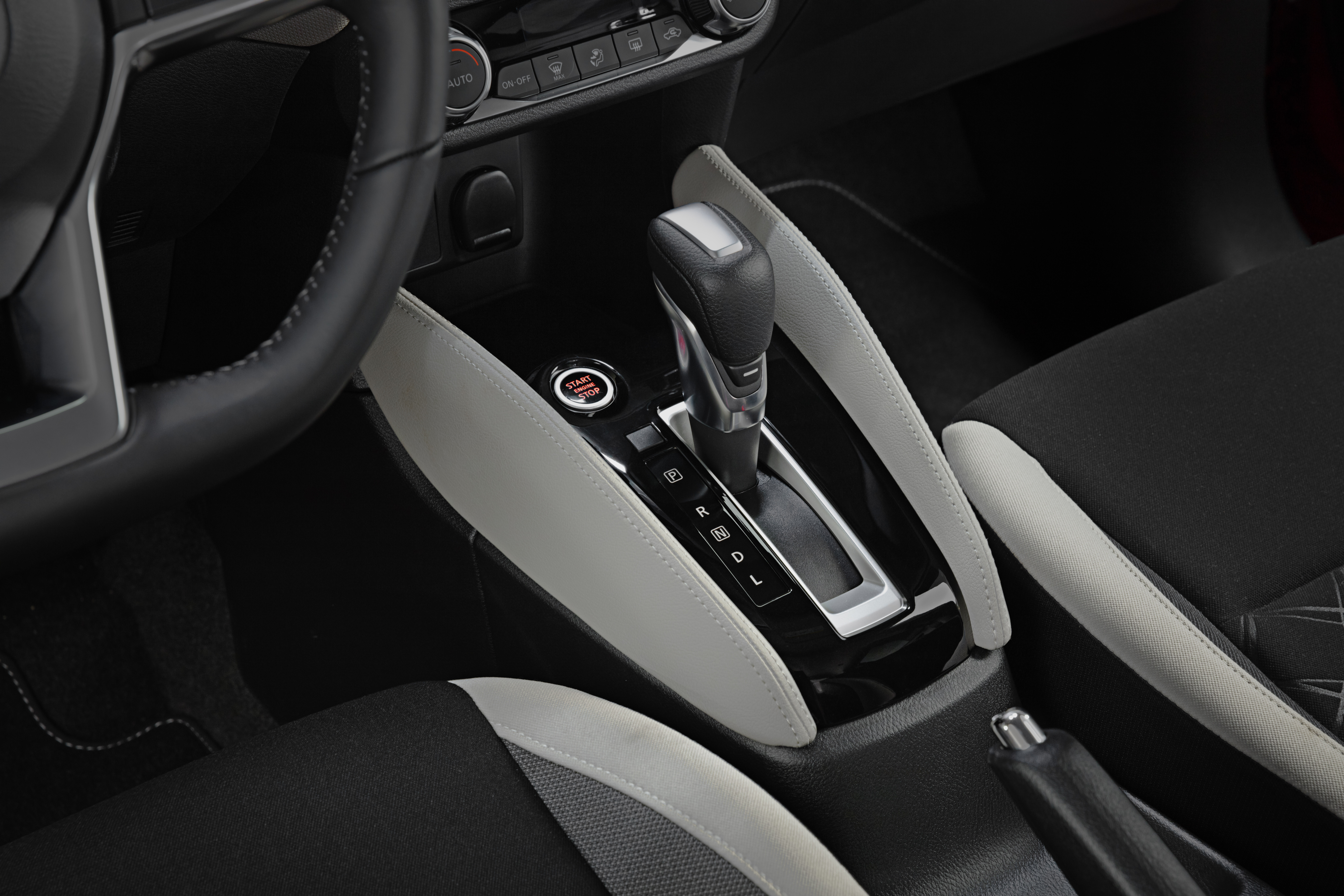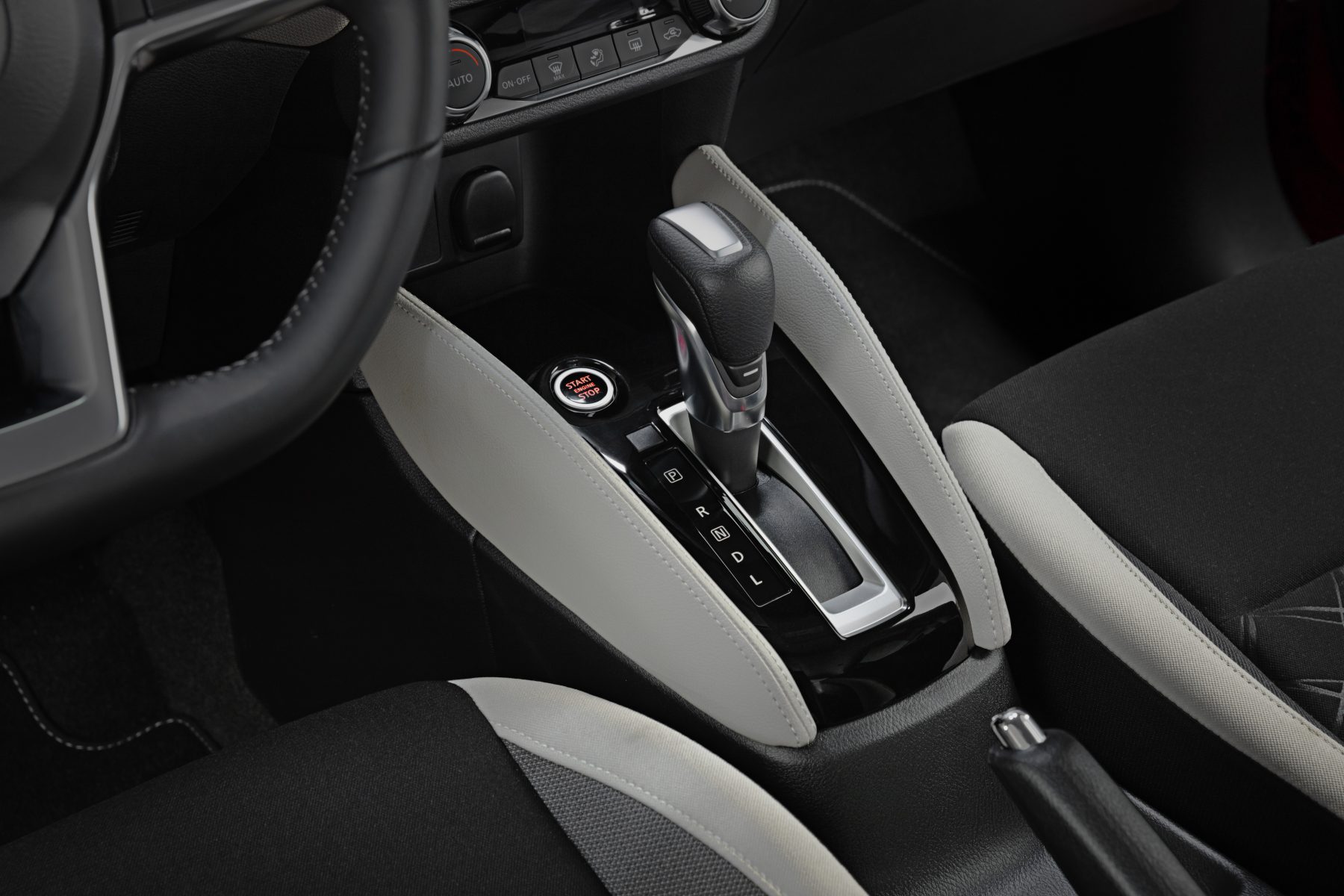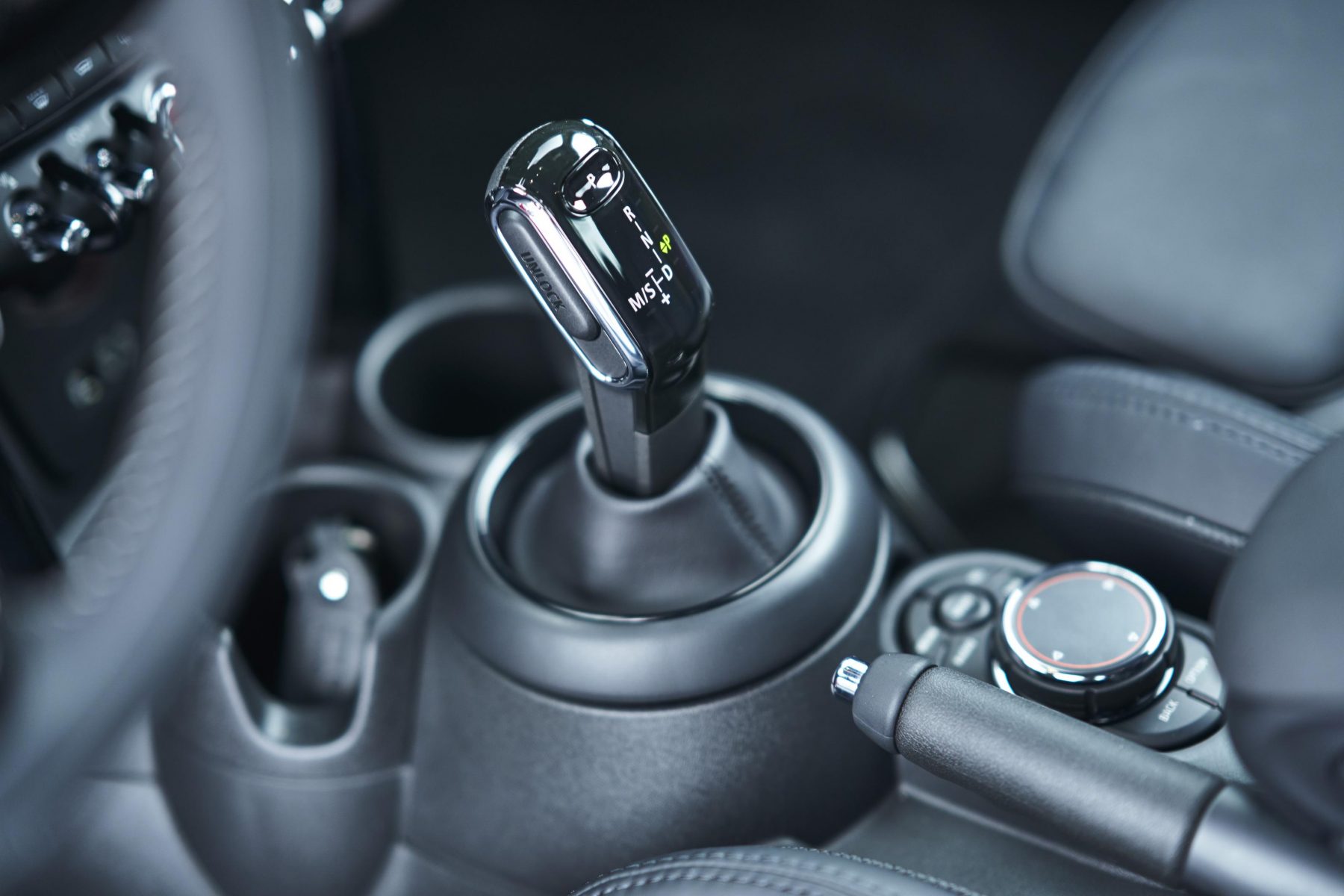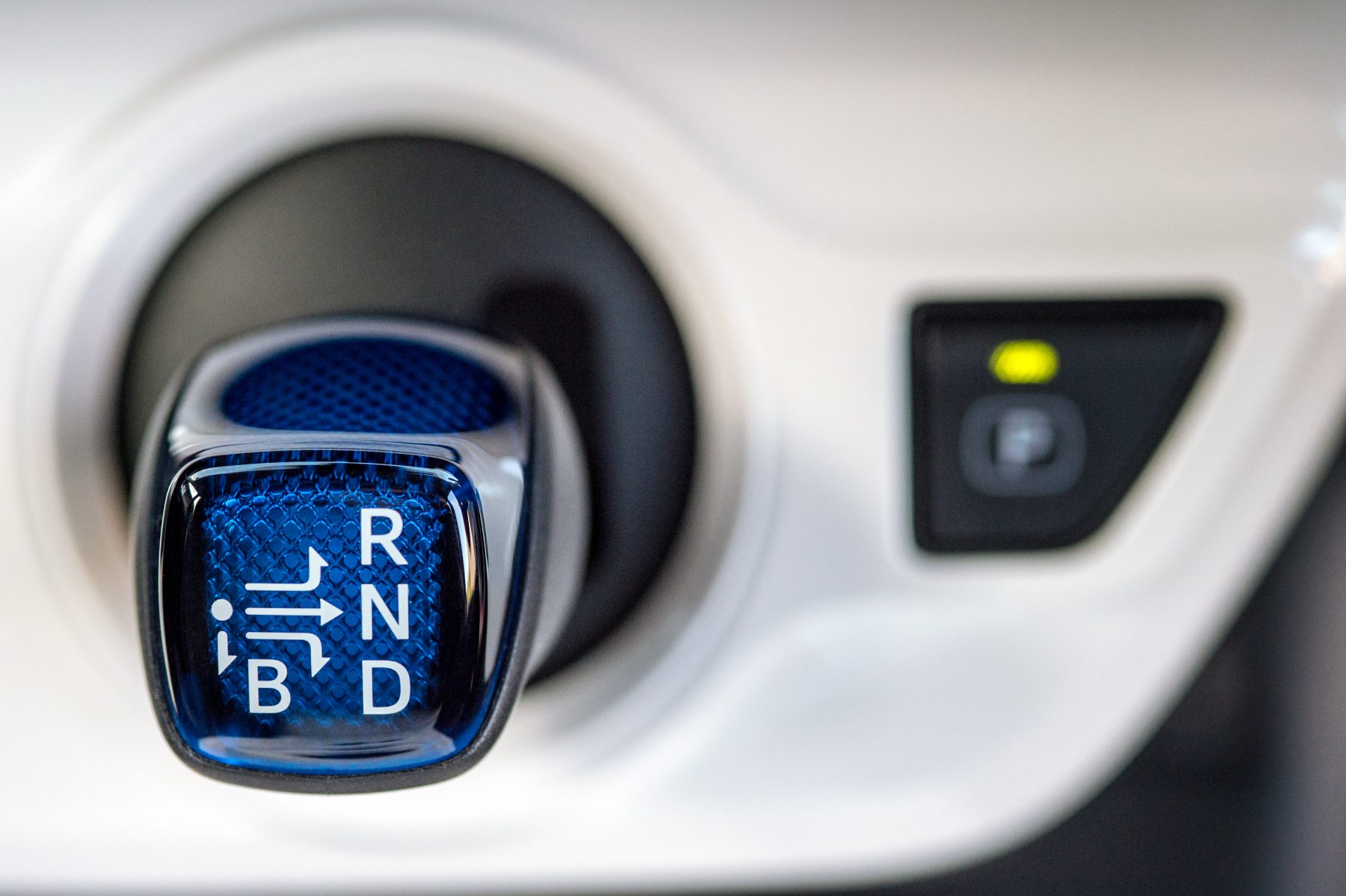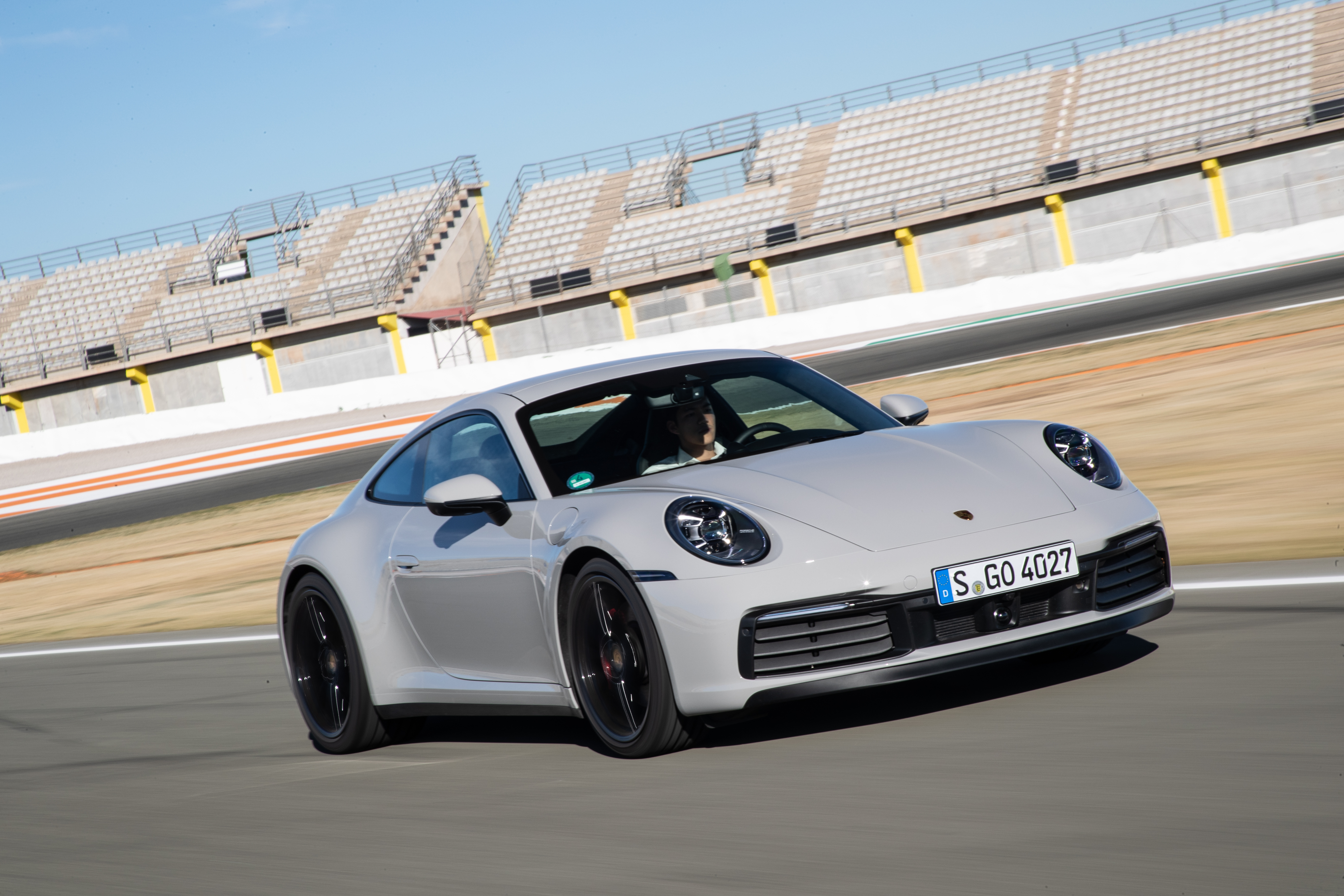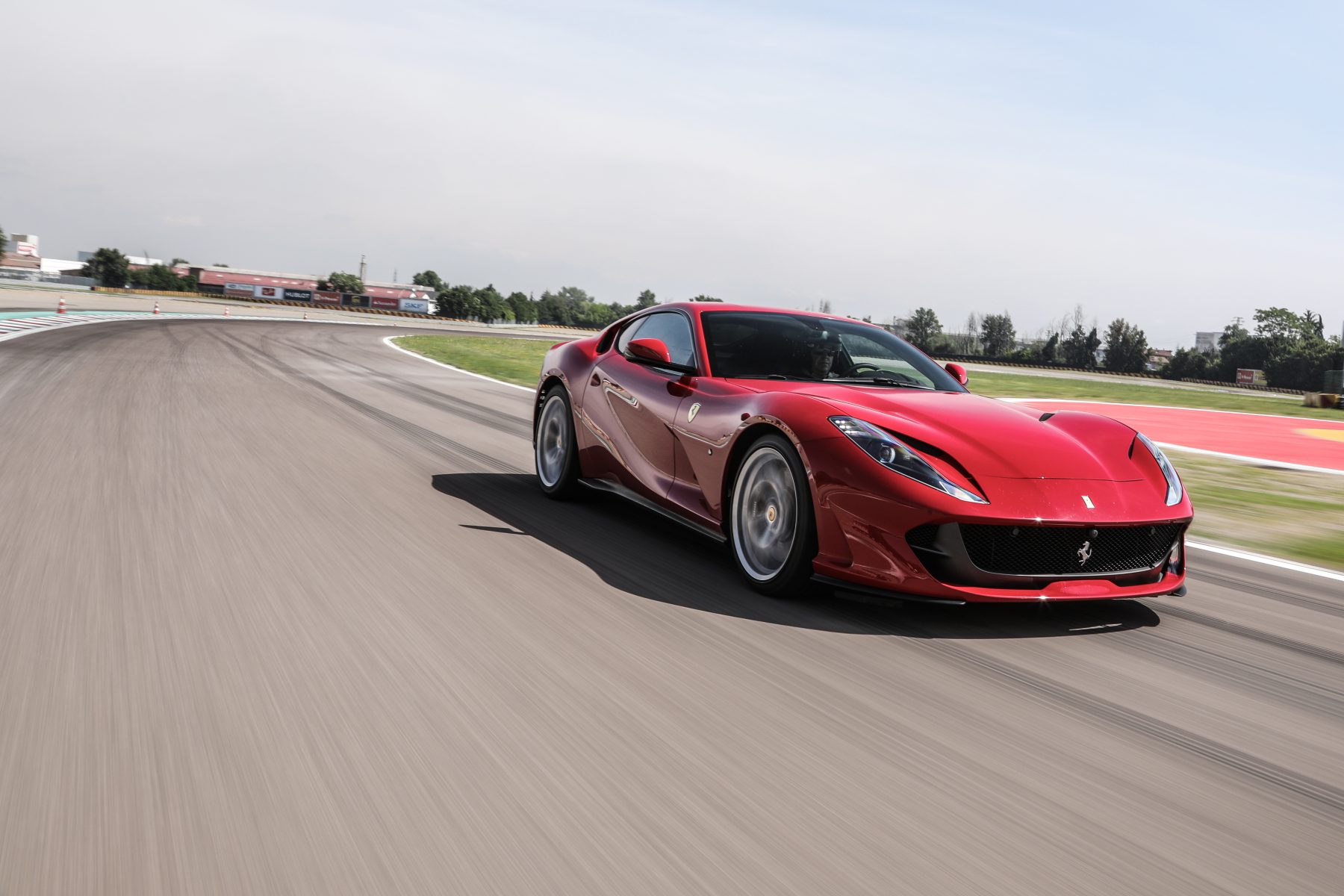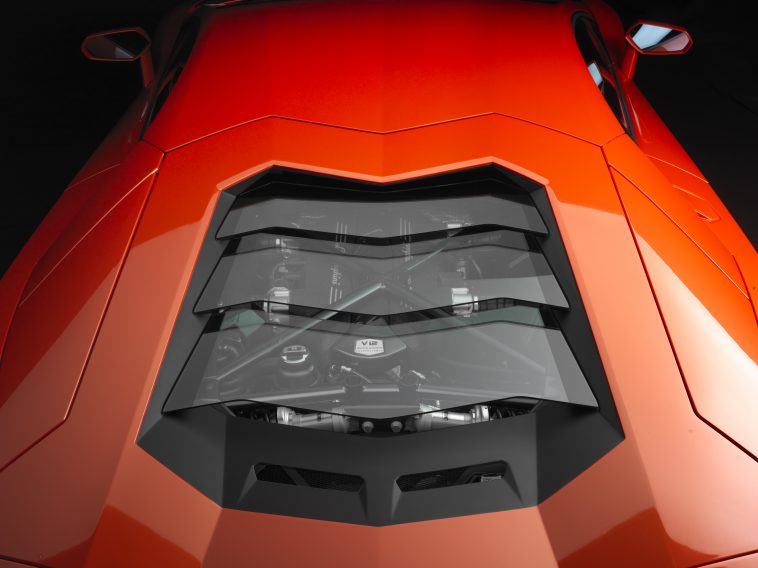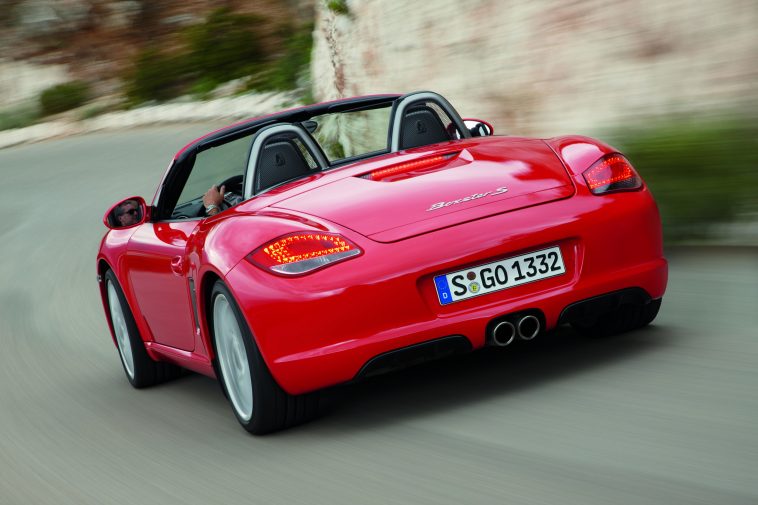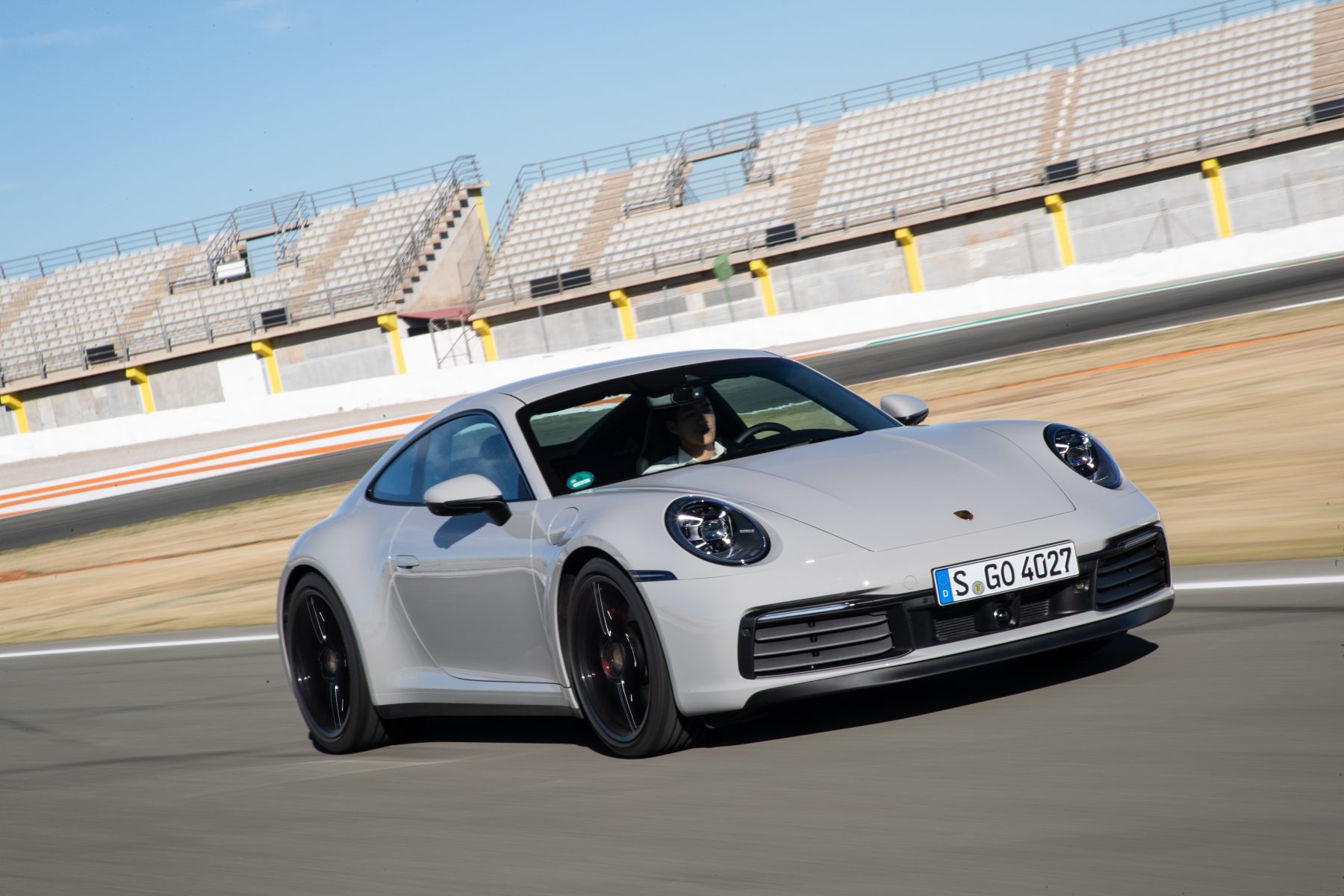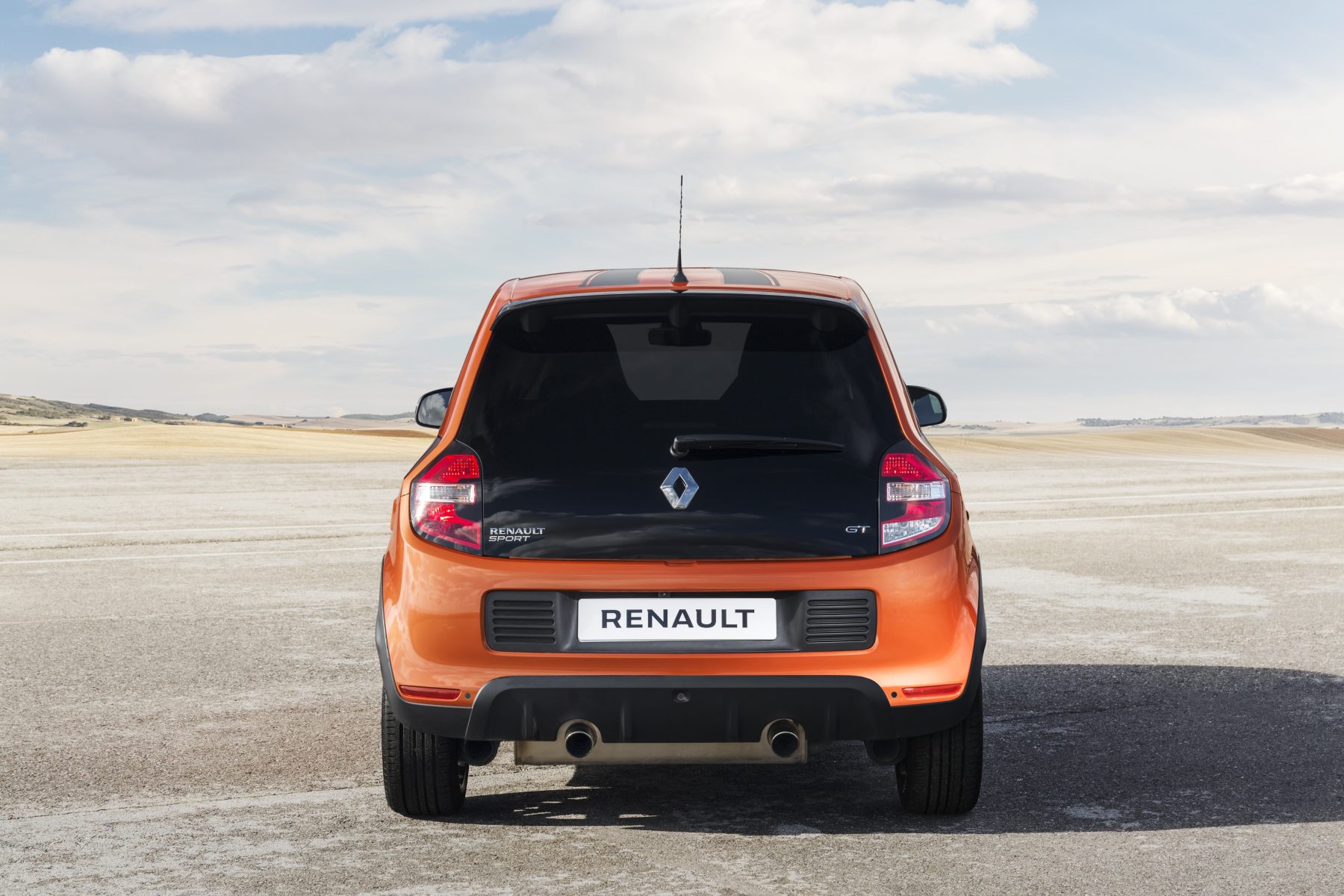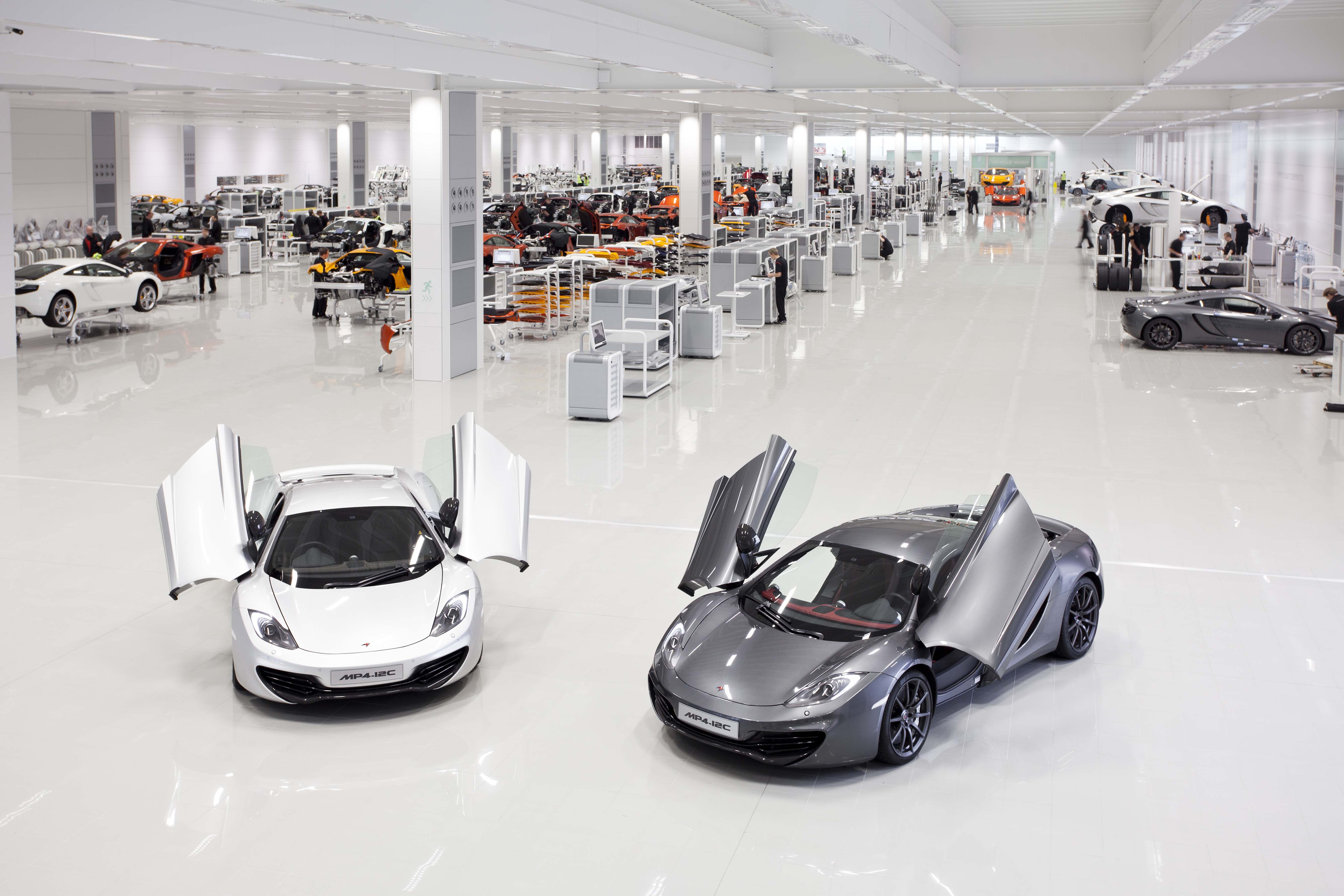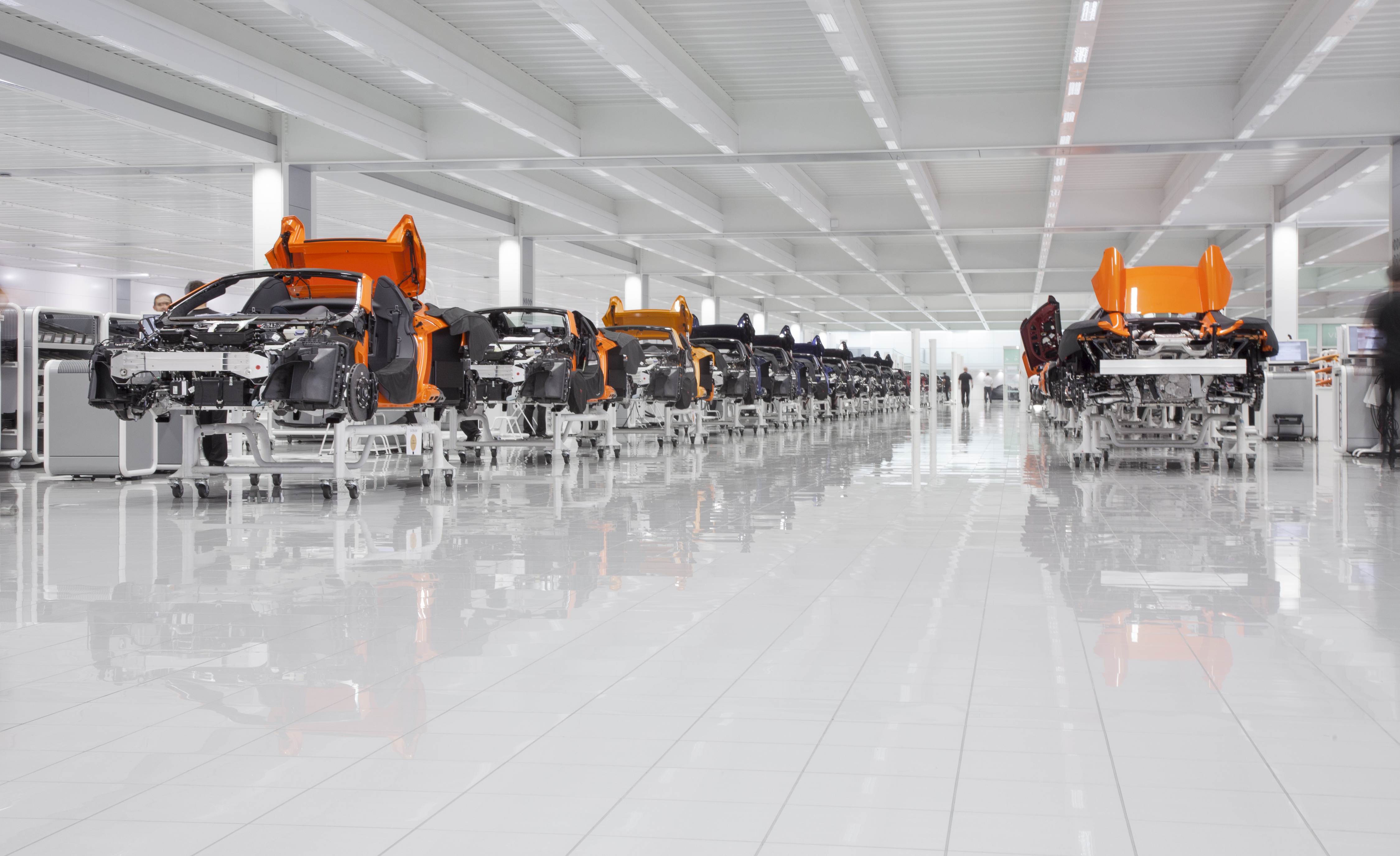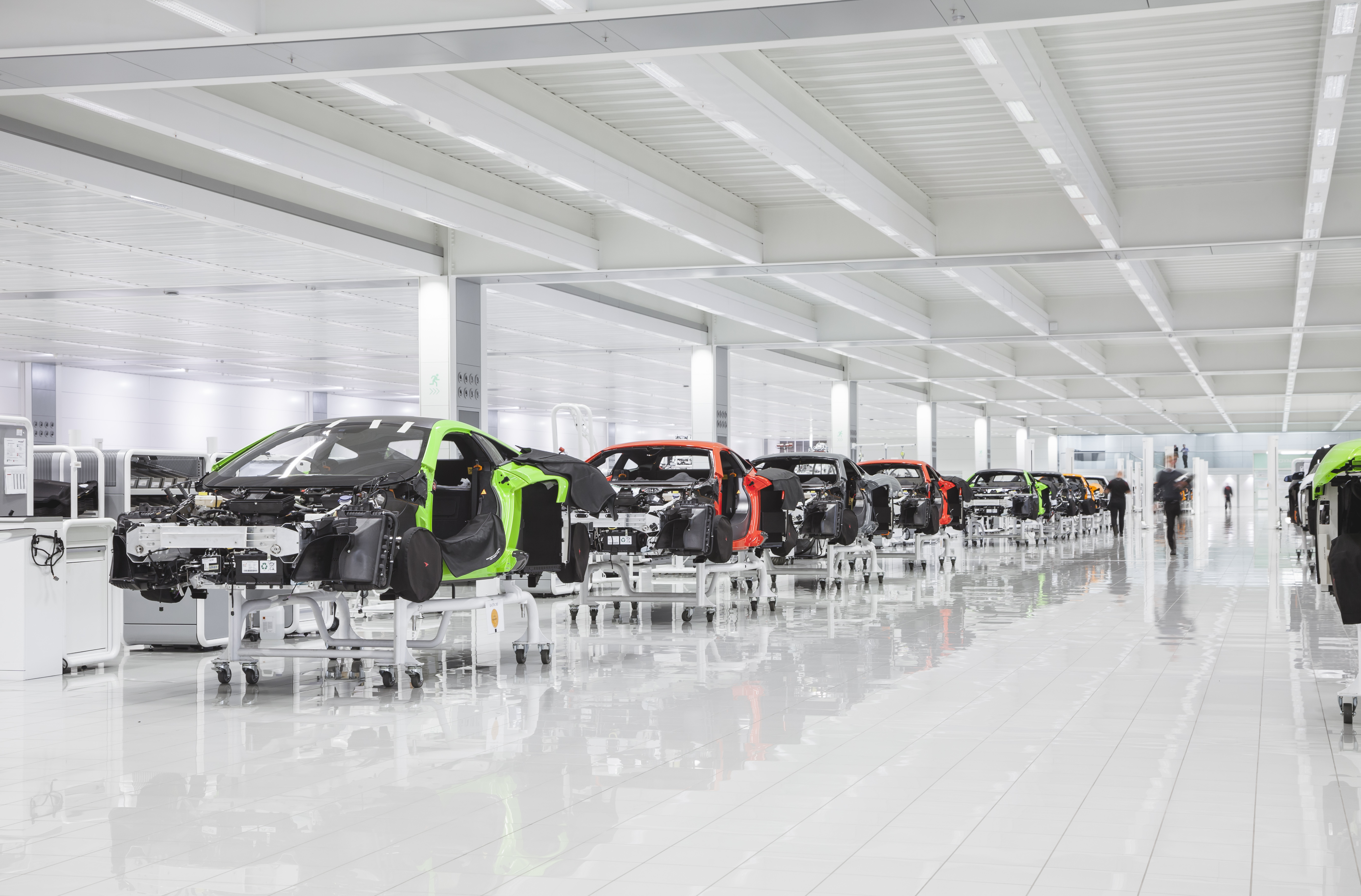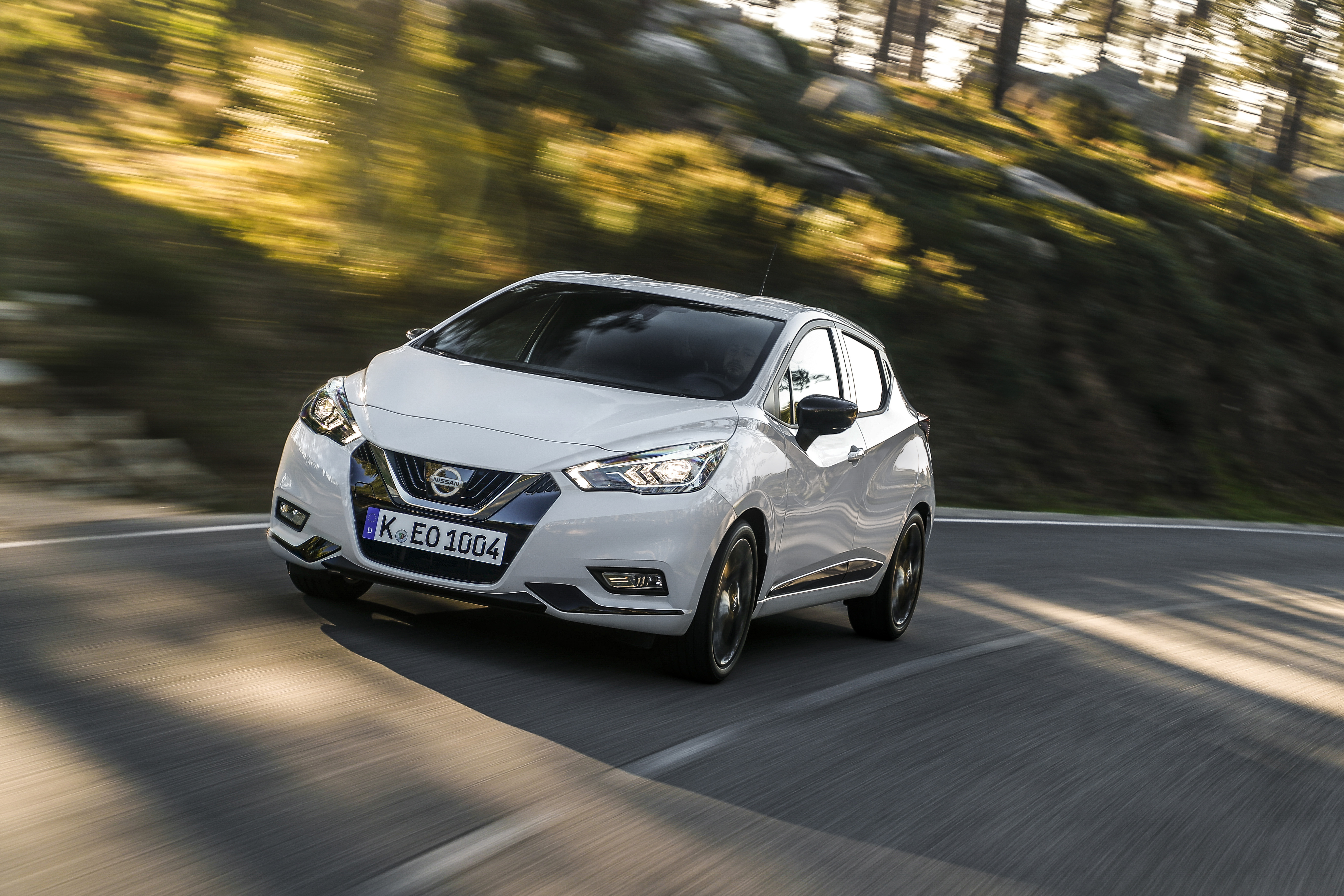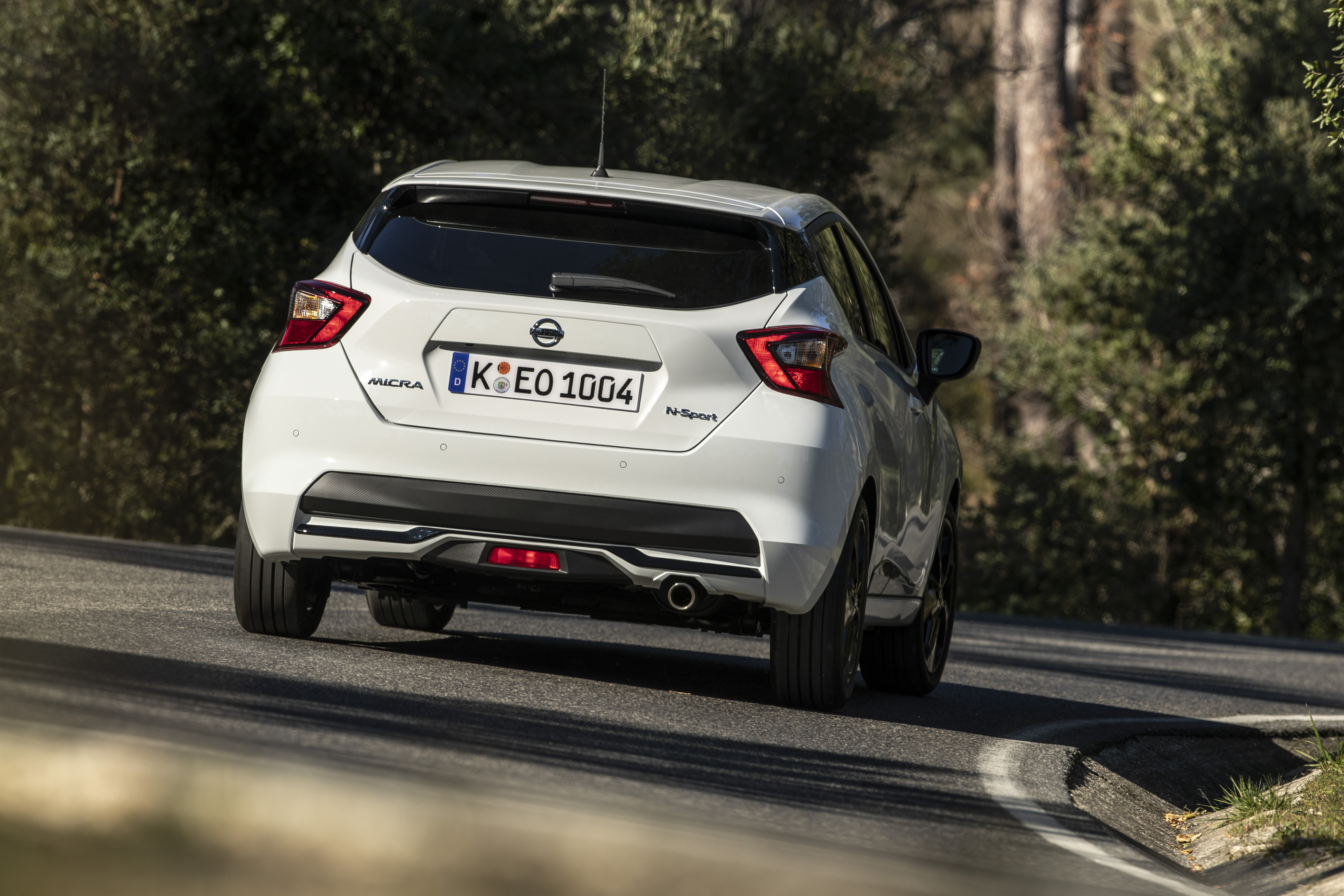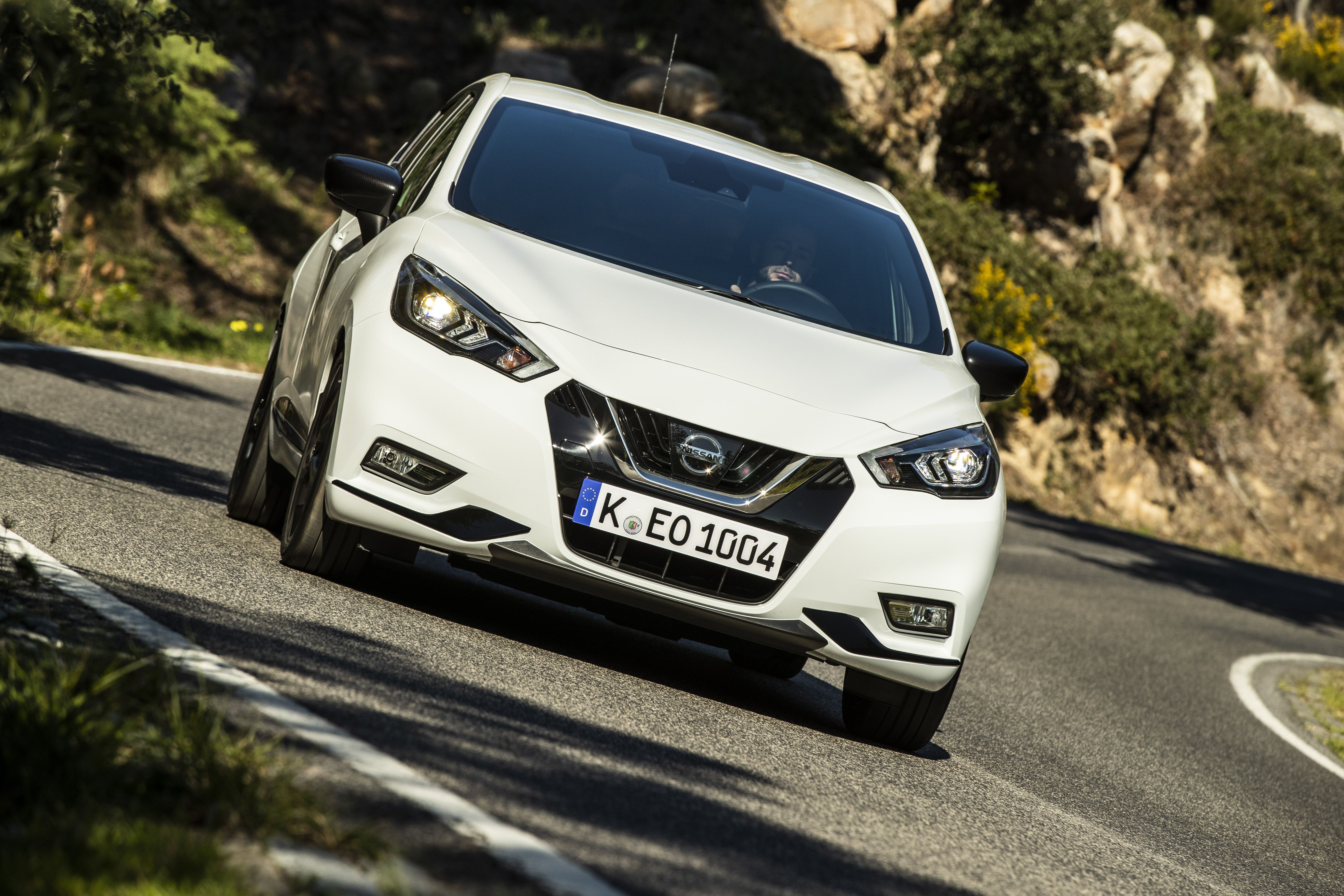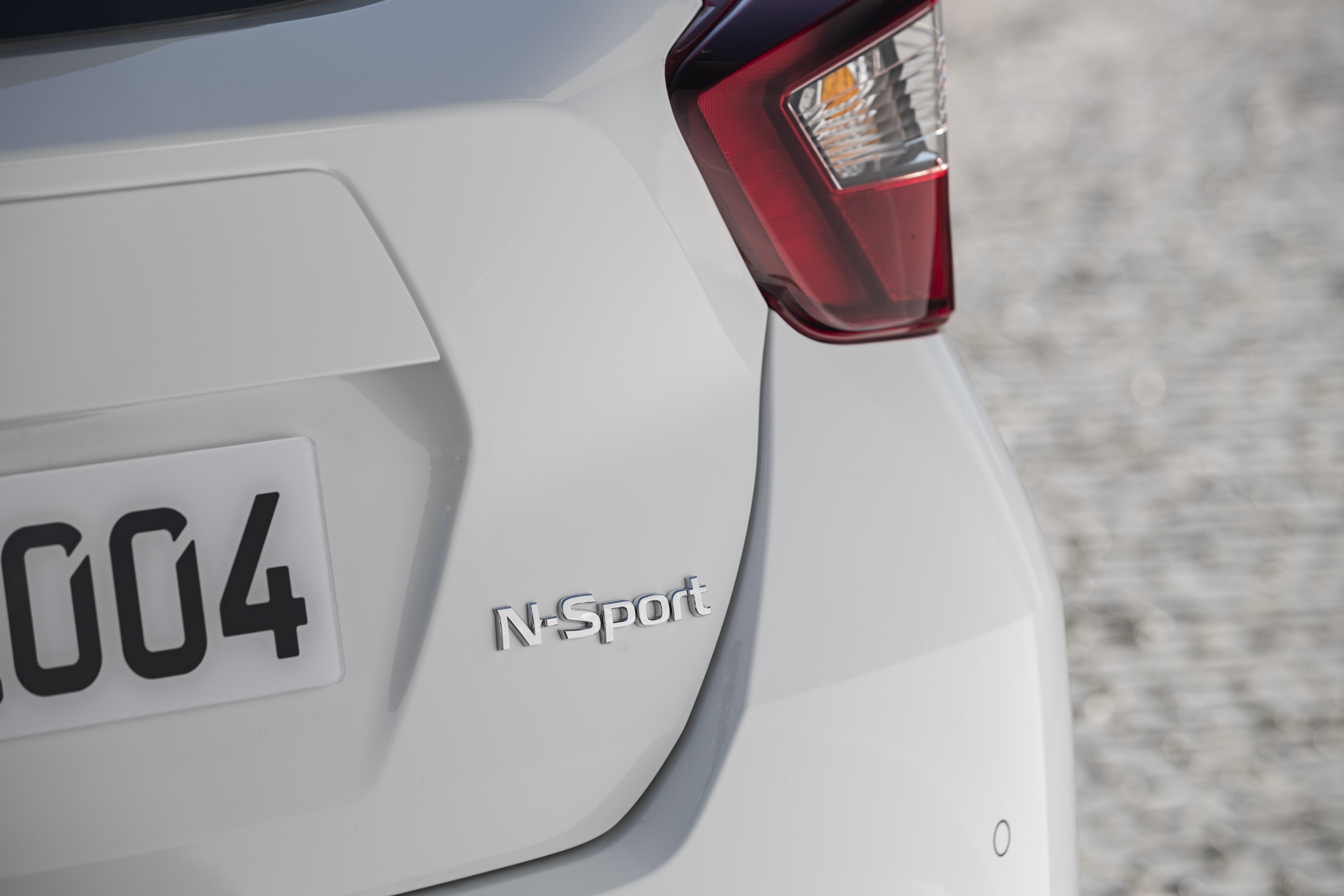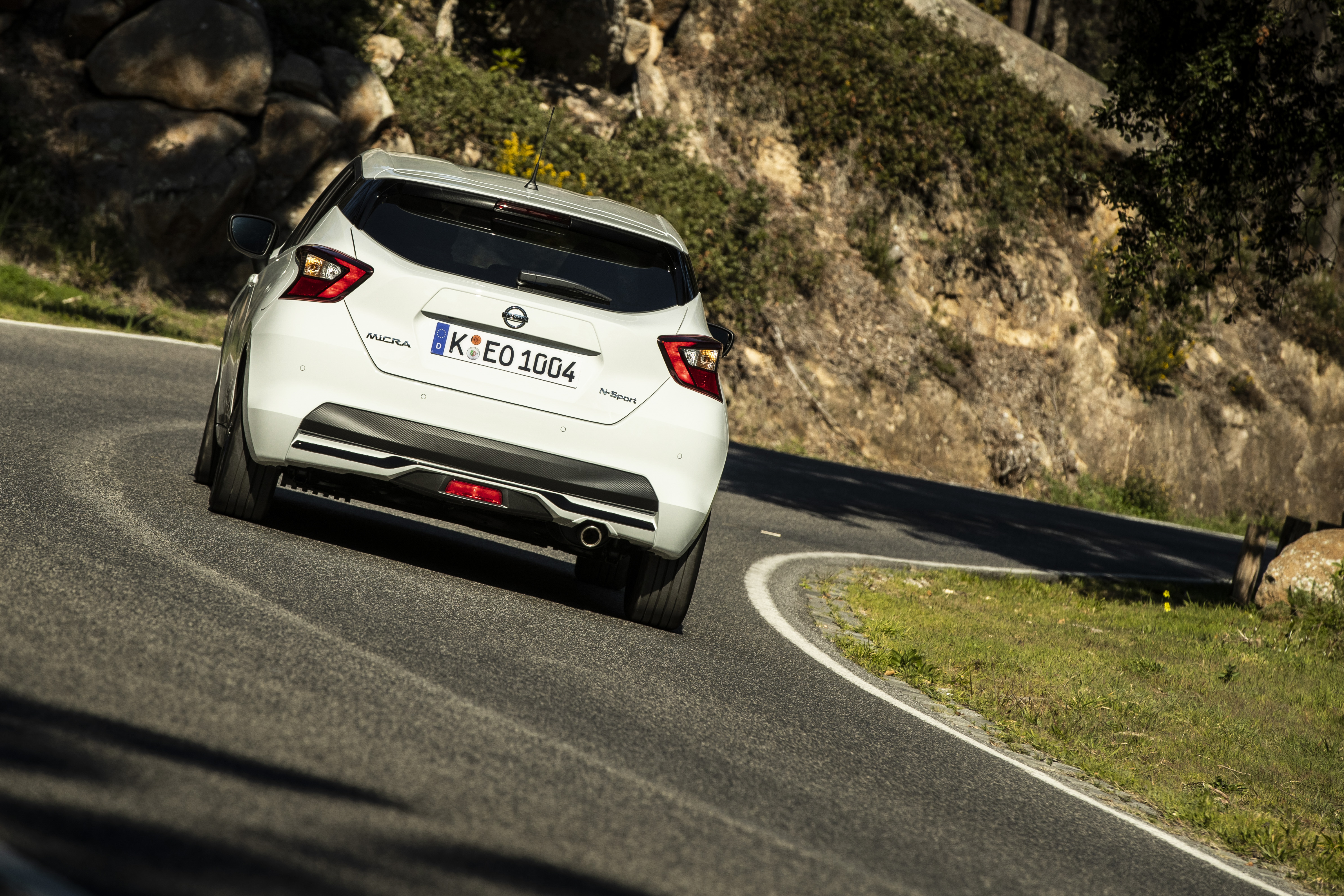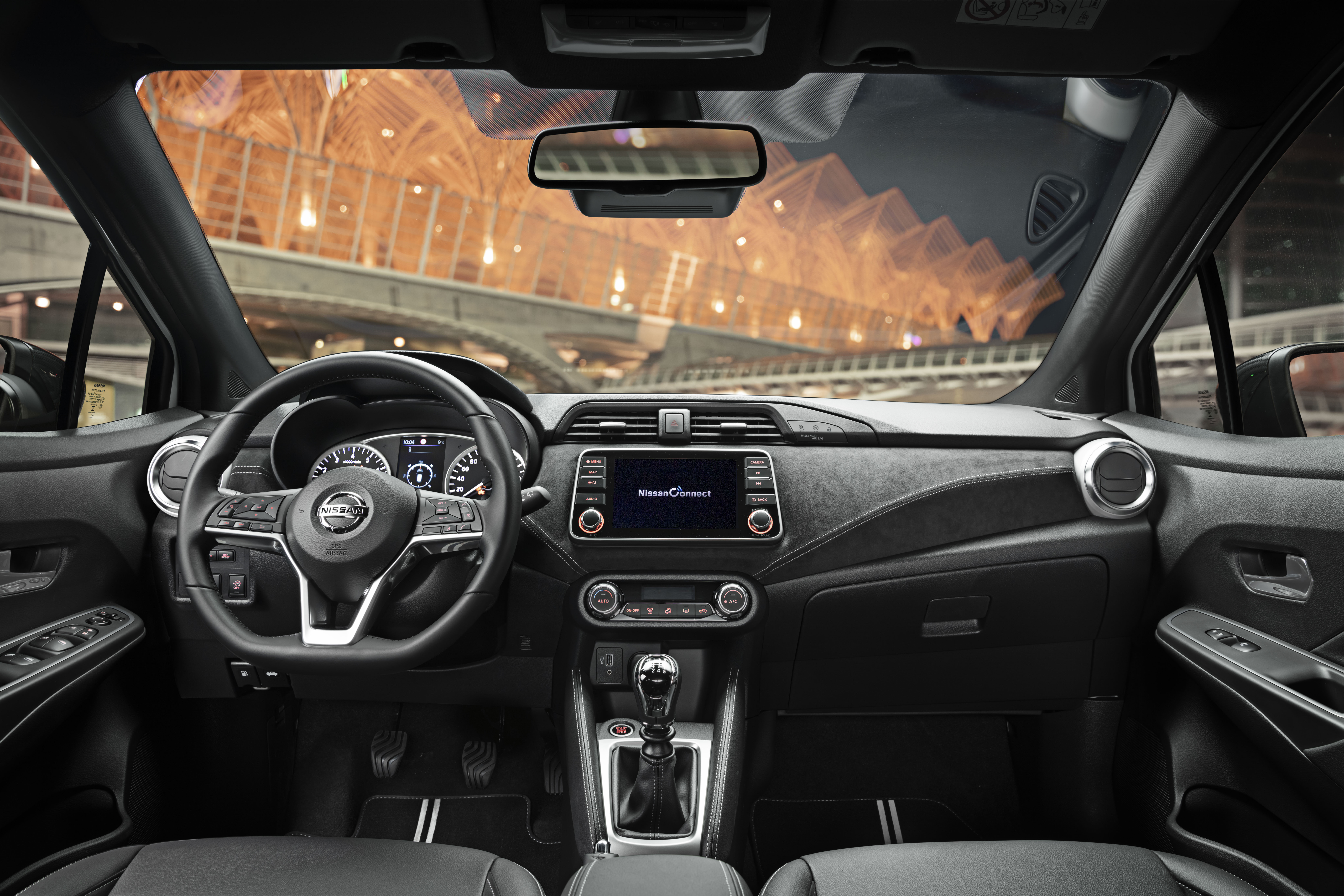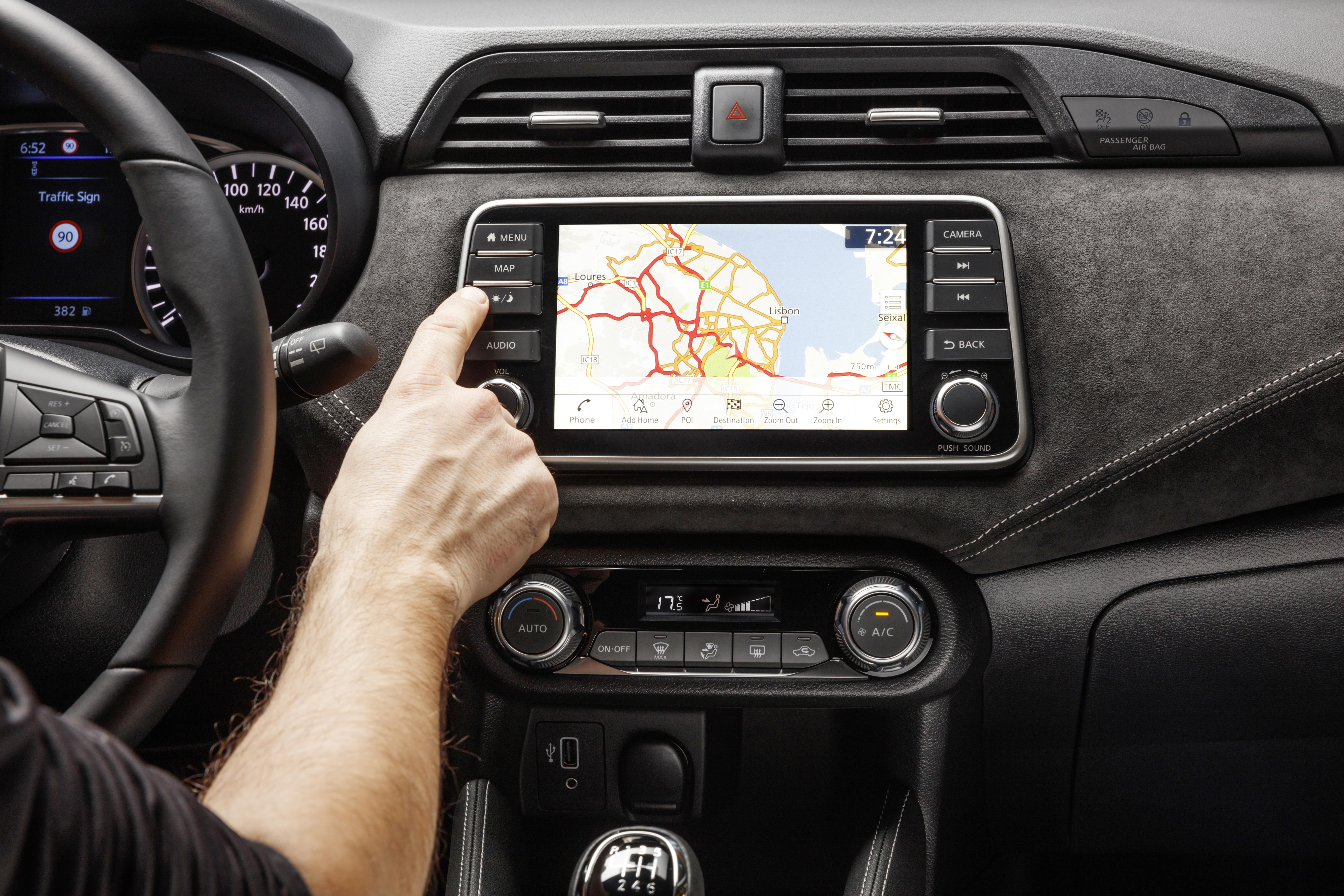Facelifting is one of the sneakiest tools in a car manufacturer’s arsenal. Much like applying Botox and rhinoplasty to an aging face to make it look fresh again, simply altering a few bits on a car’s front end, maybe introducing a new trim level and some fresh wheel designs can be enough to justify an ‘all-new’ label.
Of course, simply because a car’s been facelifted doesn’t make it bad. In fact, sometimes facelifting a model is what it really needs – streamlining the way it looks in order to show off the rest of its attributes to their full capacity. After all, an ugly car could be fantastic to drive or amazingly practical, but if it looks daft on a driveway, it’s not going to be popular.
Here are a few of the times that a facelift worked really well…
Subaru Impreza
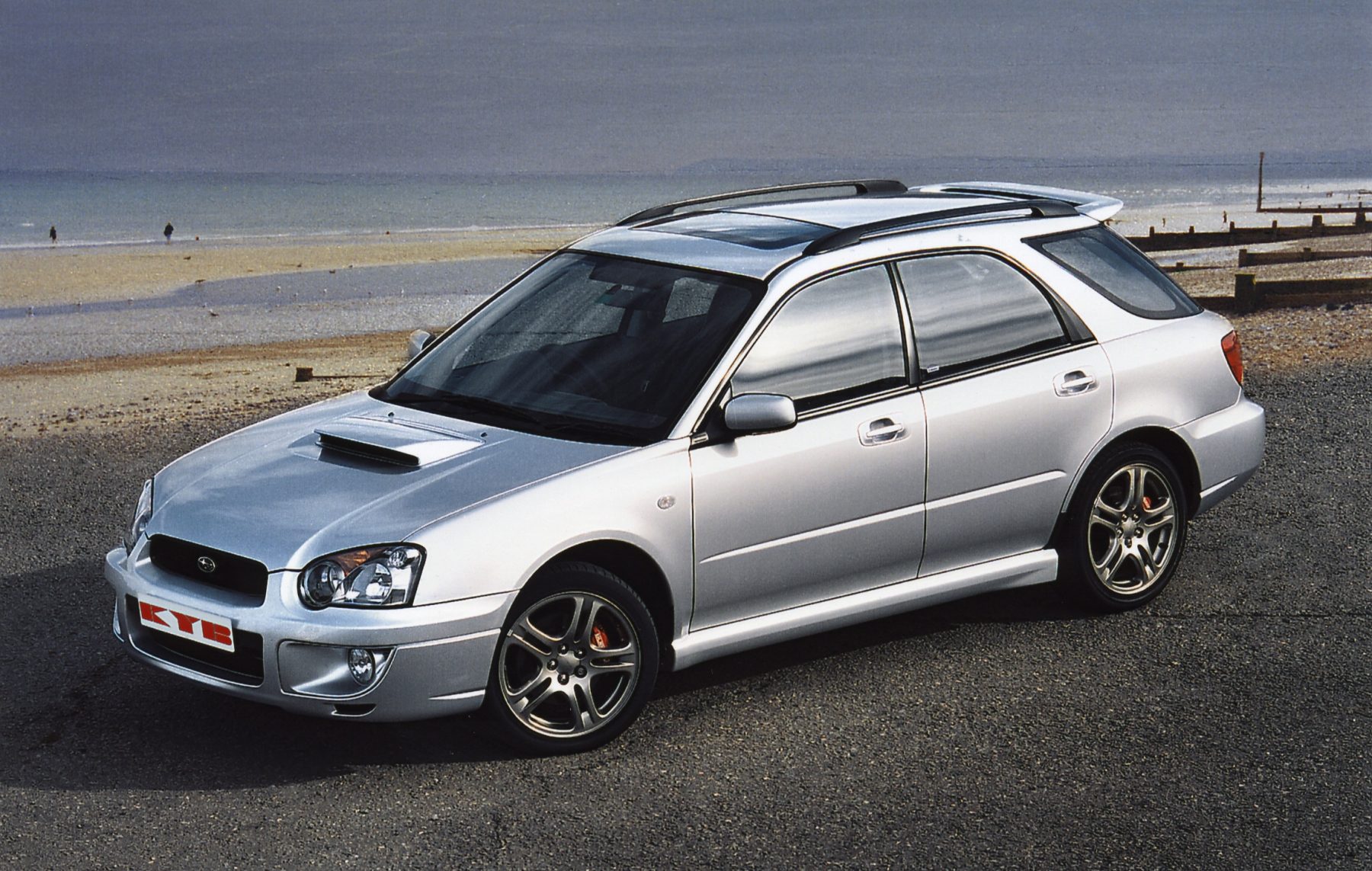
The second-generation Subaru Impreza arrived in 2000, and despite having the same basic shape as its predecessor, the devil was in the detail. Specifically the front end – with its bulbous, circular headlights giving it a permanently frightened expression leading it to be christened the ‘Bugeye’ Impreza.
The controversial front end was facelifted twice – first, to the more conventional ‘Blobeye’ and finally to the sharp-edged ‘Hawkeye’. You couldn’t call either of them pretty, but finally the Impreza had a front end that wasn’t overly offensive and was worthy of the car’s rally-honed underpinnings.
Ford Scorpio
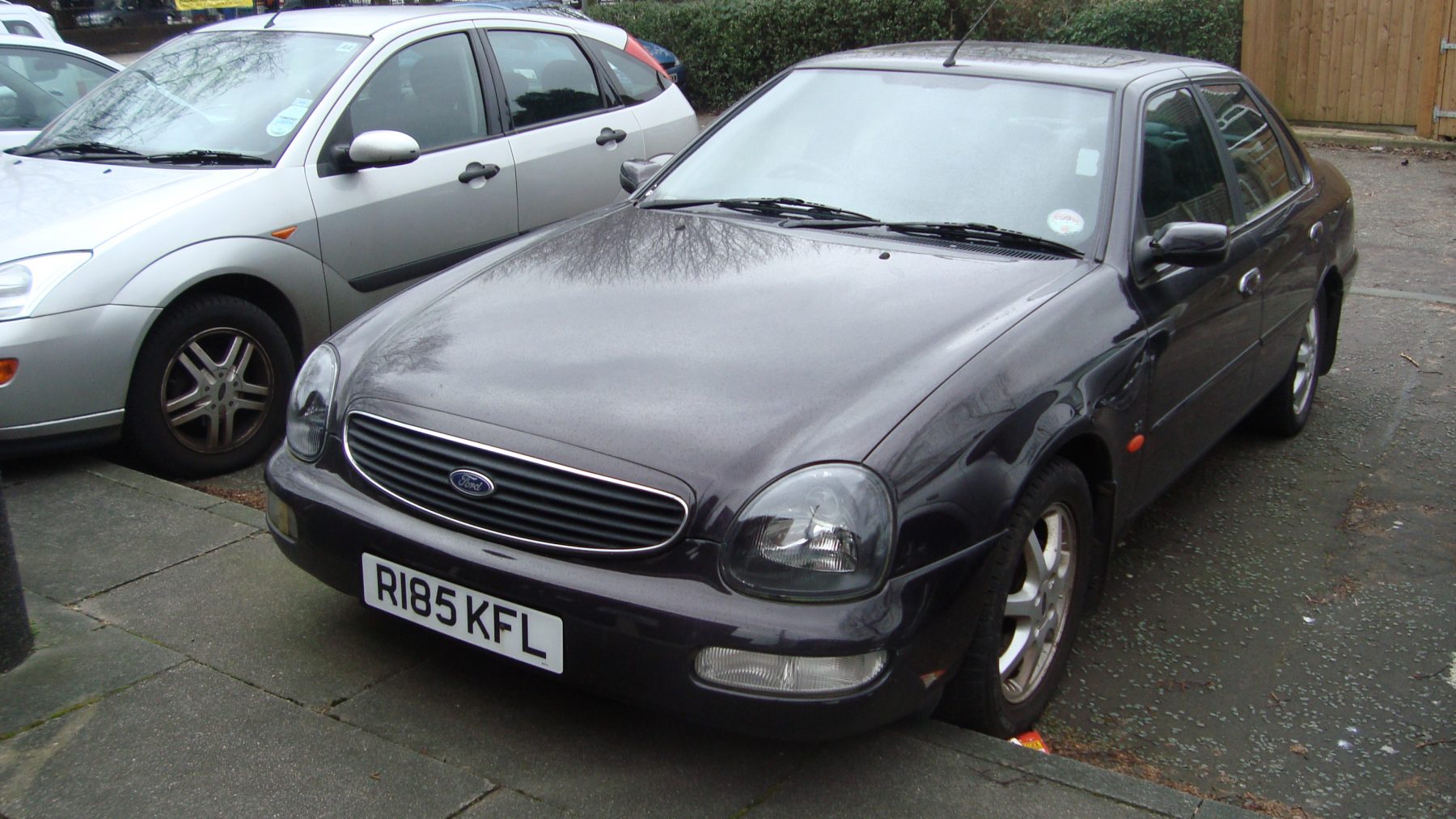
The Ford Scorpio’s almost legendary for its appearance – described as ‘gopping’ by ex-Top Gear host James May. And it’s true, the Granada’s replacement dropped its predecessor’s classy, straight-edged styling for something more akin to a slightly scary balloon animal.
It’s a shame, as the Scorpio’s underpinnings were great – blending comfort with poise and good handling. The admittedly subtle facelift didn’t do much to the bustling rear, but extra headlight detailing and a less offensive grille made the front end much easier to look at.
Jaguar XF
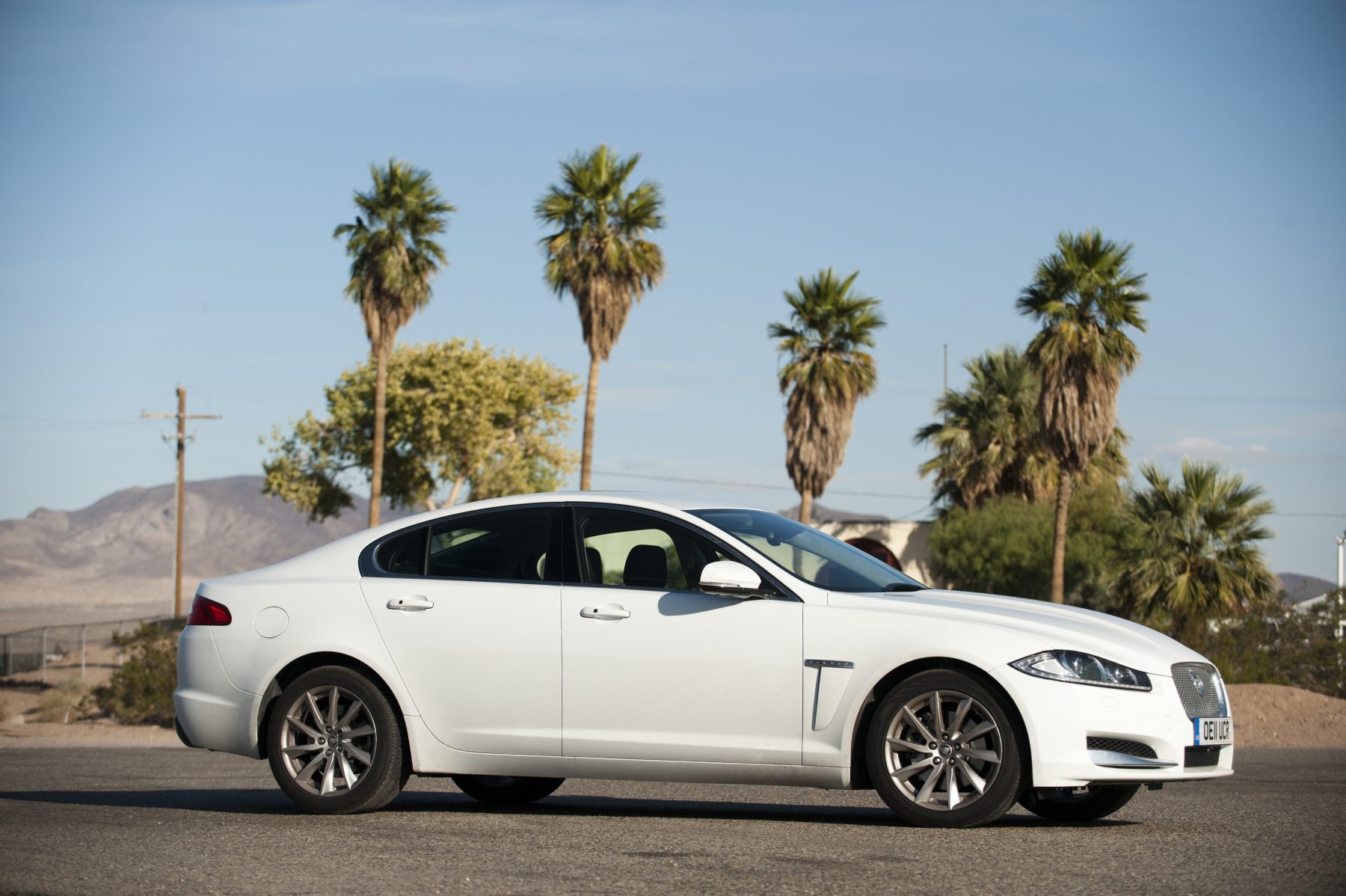
Jaguar’s XF is credited with saving the company, banishing away thoughts of the old S-Type with style. But the car’s styling dated quickly, which is why the facelifted model – with a far sleeker front end, more characterful grille and the addition of a popular four-cylinder diesel engine – was such a boon.
The biggest and most effective change, however, was the headlights. The pre-facelifted car had a permanently surprised look, while the updated model ditched the rounded elements for far more conventional and attractive units. Well worth doing.
Land Rover Discovery 3/4
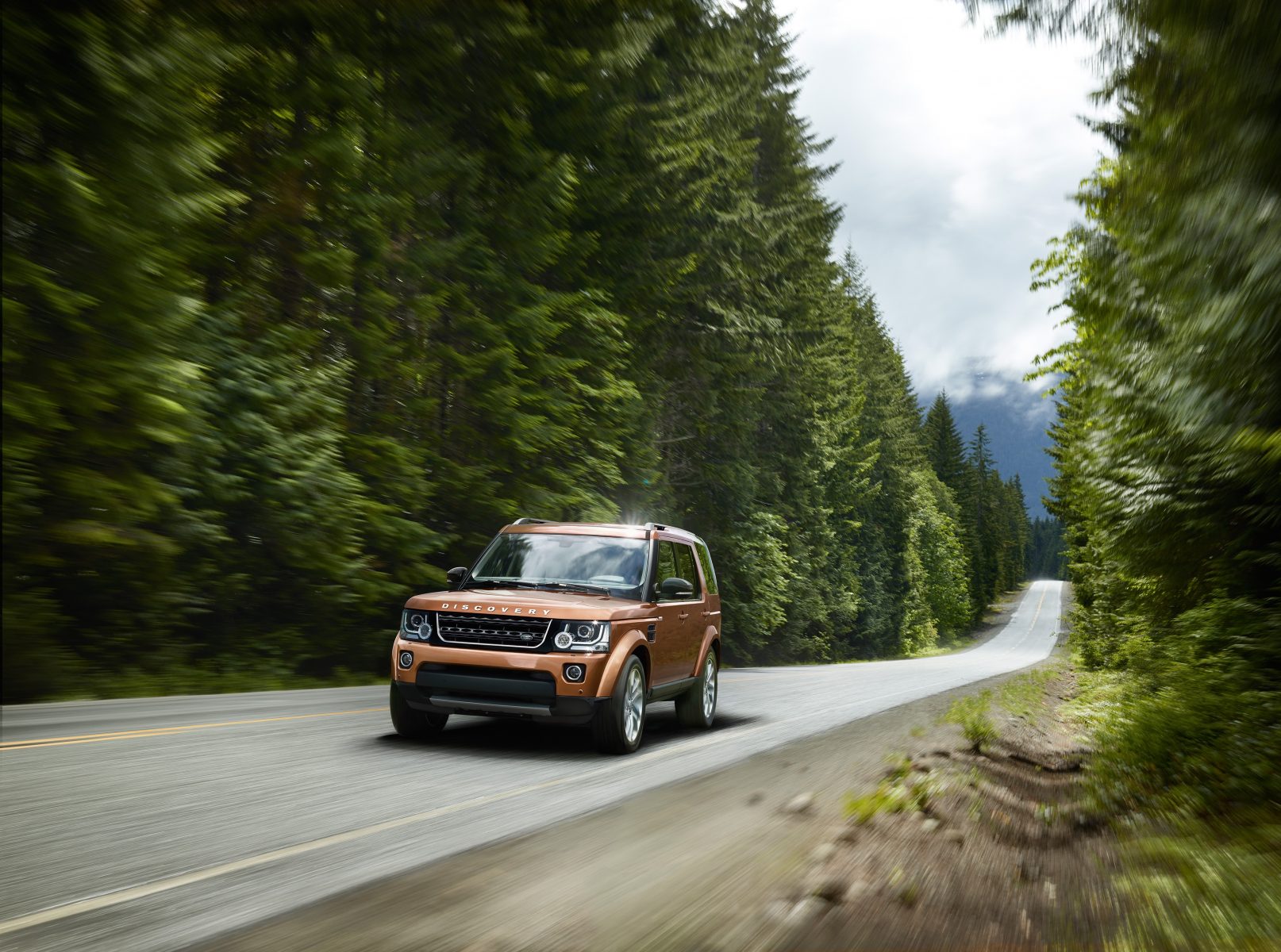
The Discovery 3 had plenty going for it – near-unparalleled off-road ability, for a start, thanks to its innovative double-chassis design. It wasn’t exactly ugly either, but with its beefy black bodykit and unashamedly utilitarian details, it didn’t exactly appeal to the trendy inner-city customer Land Rover was aiming for.
The 2010 ‘4’ facelift fixed all that, though, with a Range Rover-inspired aesthetic that lifted this car from the farmyard to the country club with ease.
Ford Fiesta
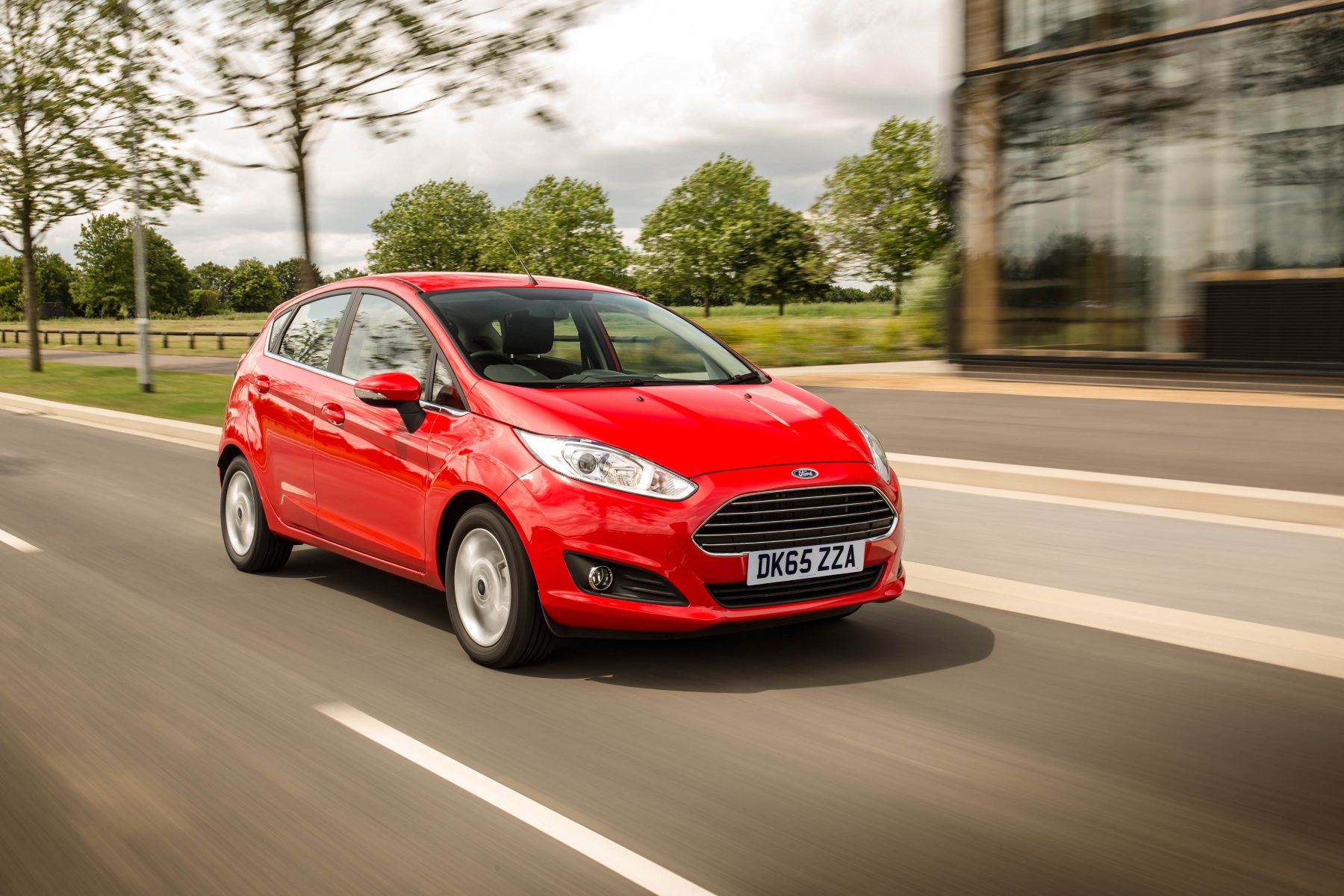
The Ford Fiesta of 2009 was a fabulous car, well deserving of its multiple awards and massive sales success. But the styling was arguably a little too anonymous to compliment the fabulous chassis underneath.
Come 2013 and the facelift changed all that, with Ford’s new Aston Martin-esque trapezoidal grille turning this little car into a serious looker. Finally, the Fiesta had bodywork to match its fabulous drive.
Fiat Multipla
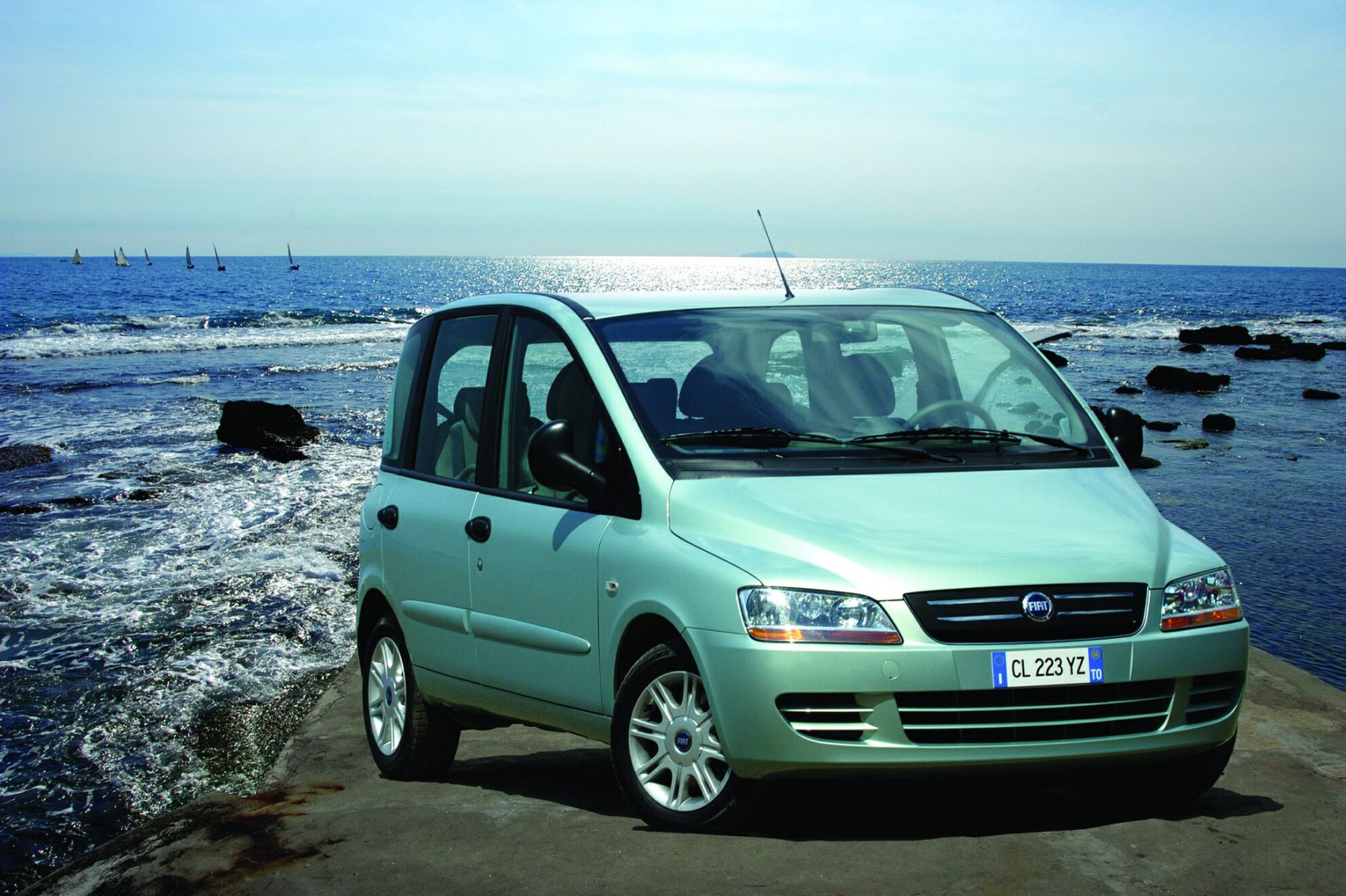
The pre-facelift Fiat Multipla is, to some, the ugliest car in the world. Harsh but fair, we’d say, with the awkward bulge underneath the windscreen likened to a muffin top and the tiny headlight units lending the front of the car a piggy gaze that was far from attractive.
But that vile body concealed a seriously clever interior, so in a bid to boost sales Fiat gave the Multipla it’s most boring corporate face. The move certainly made the Multipla less offensive, but at the expense of all of its character.

